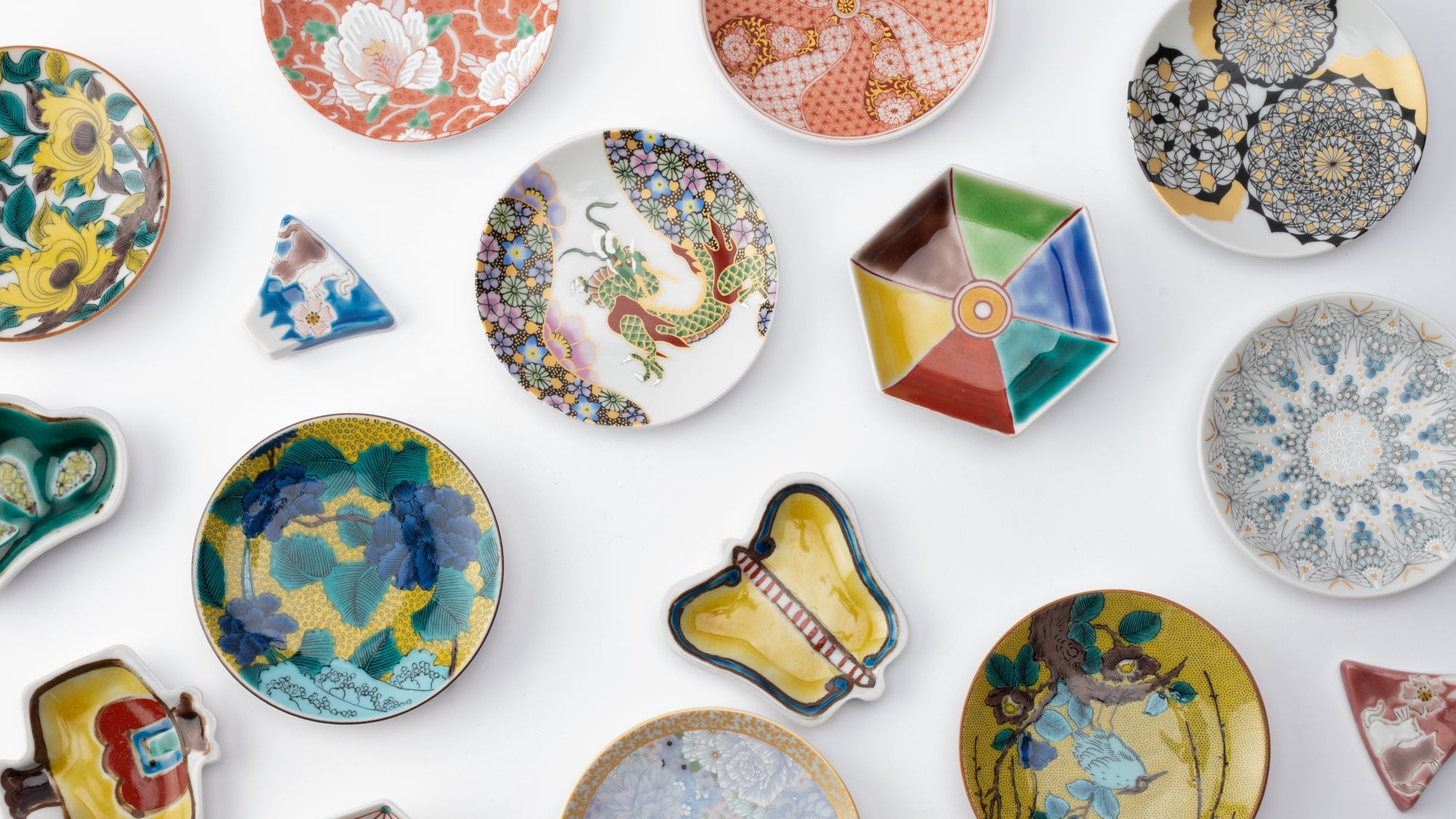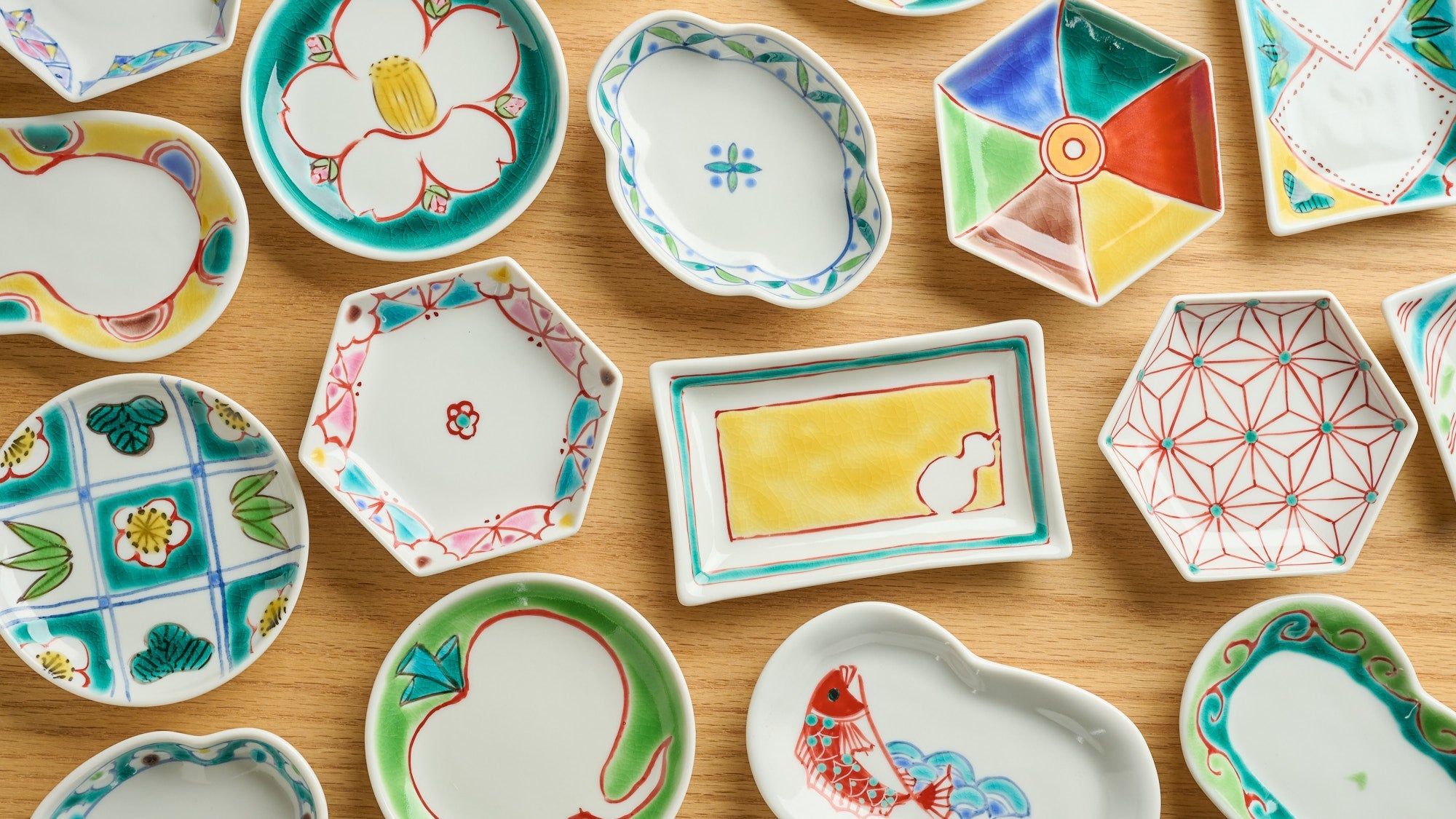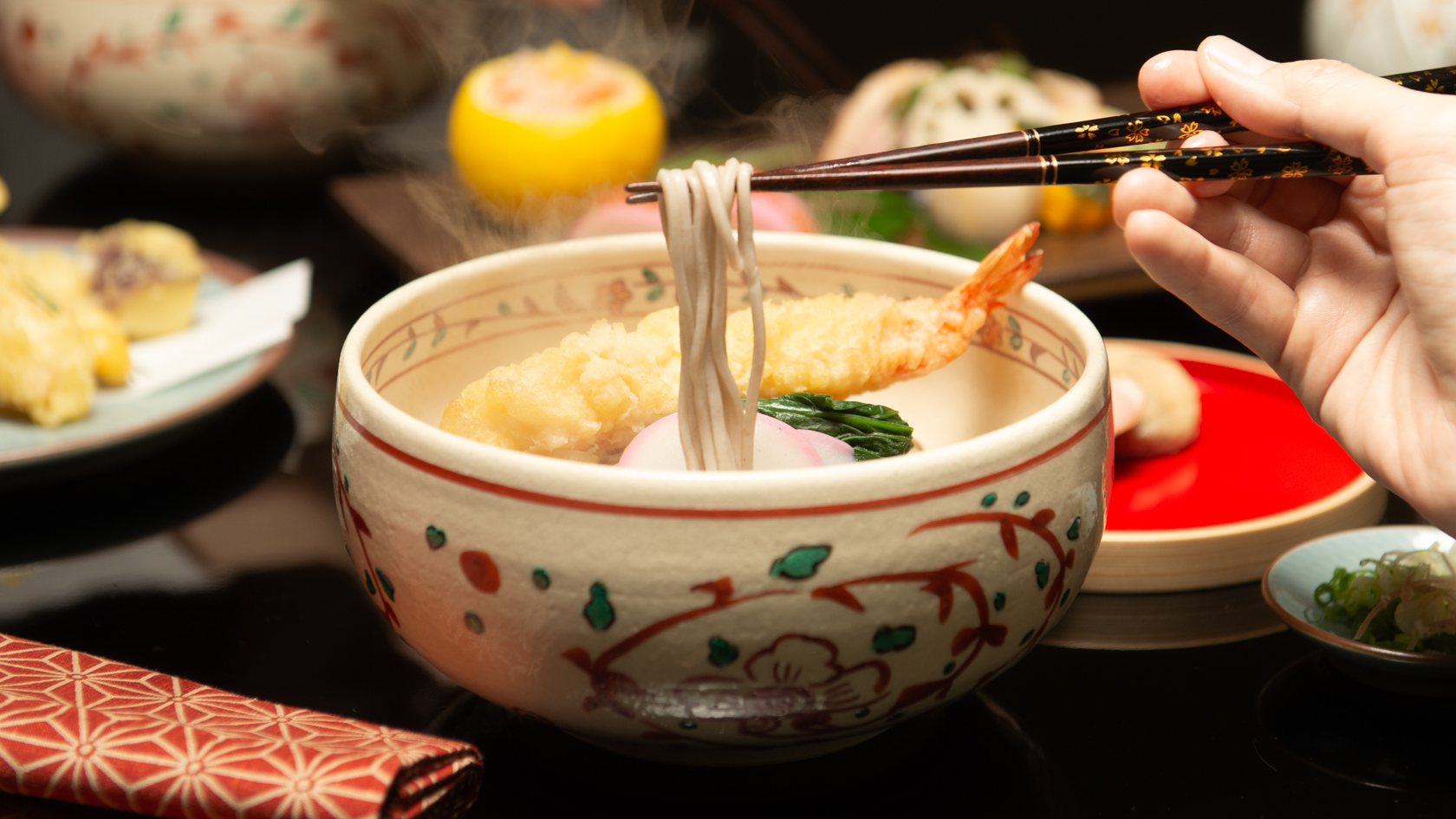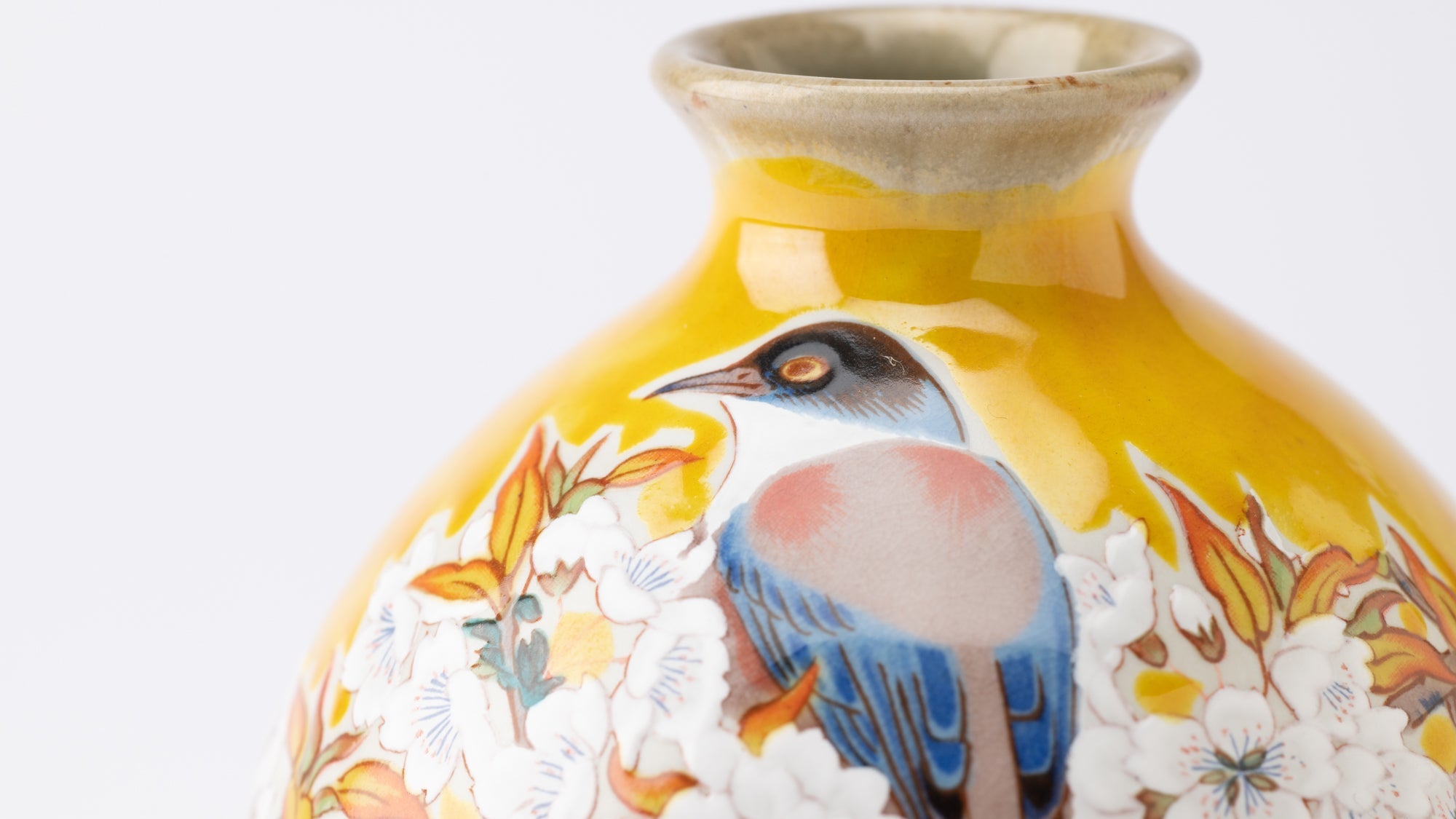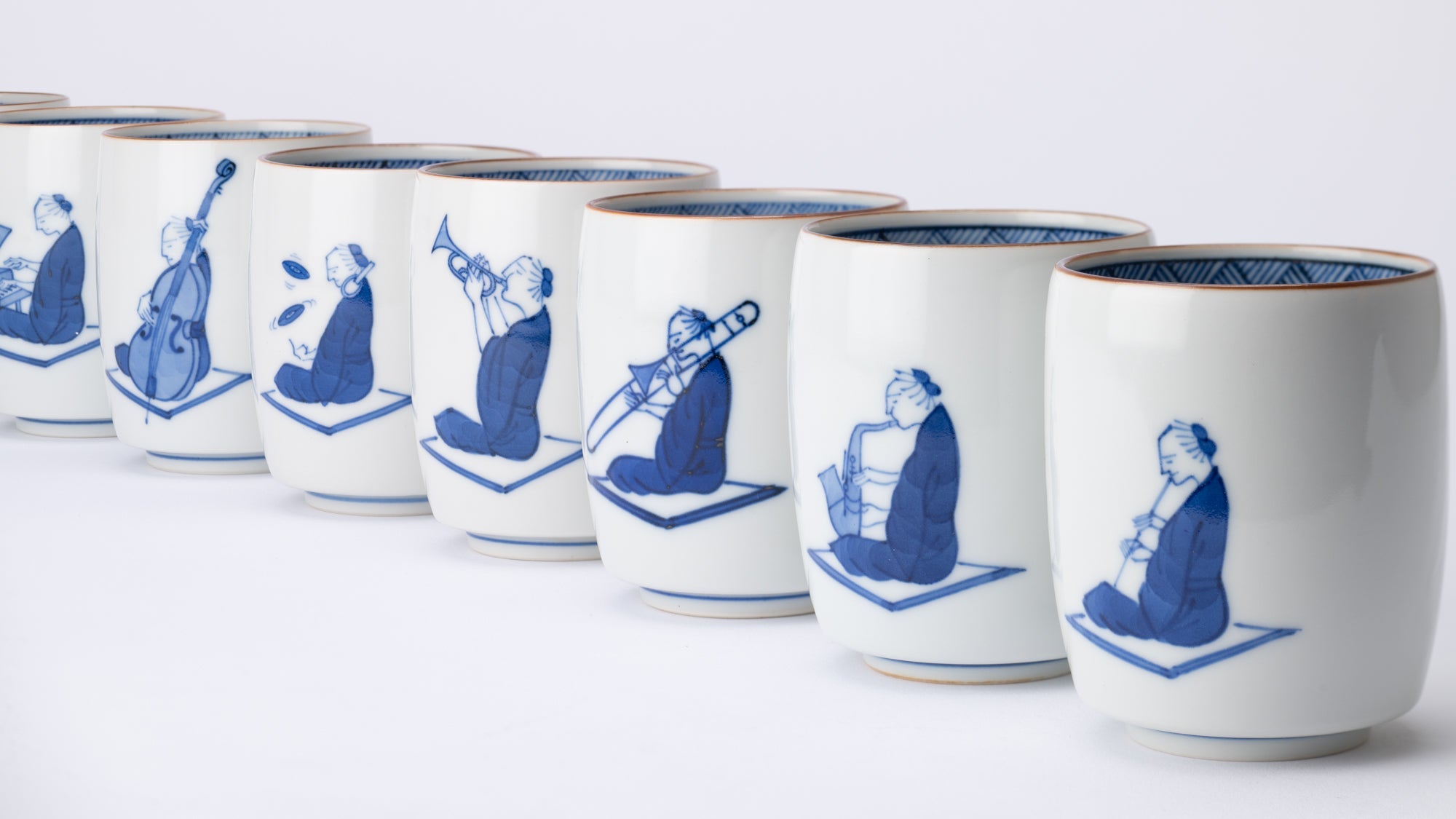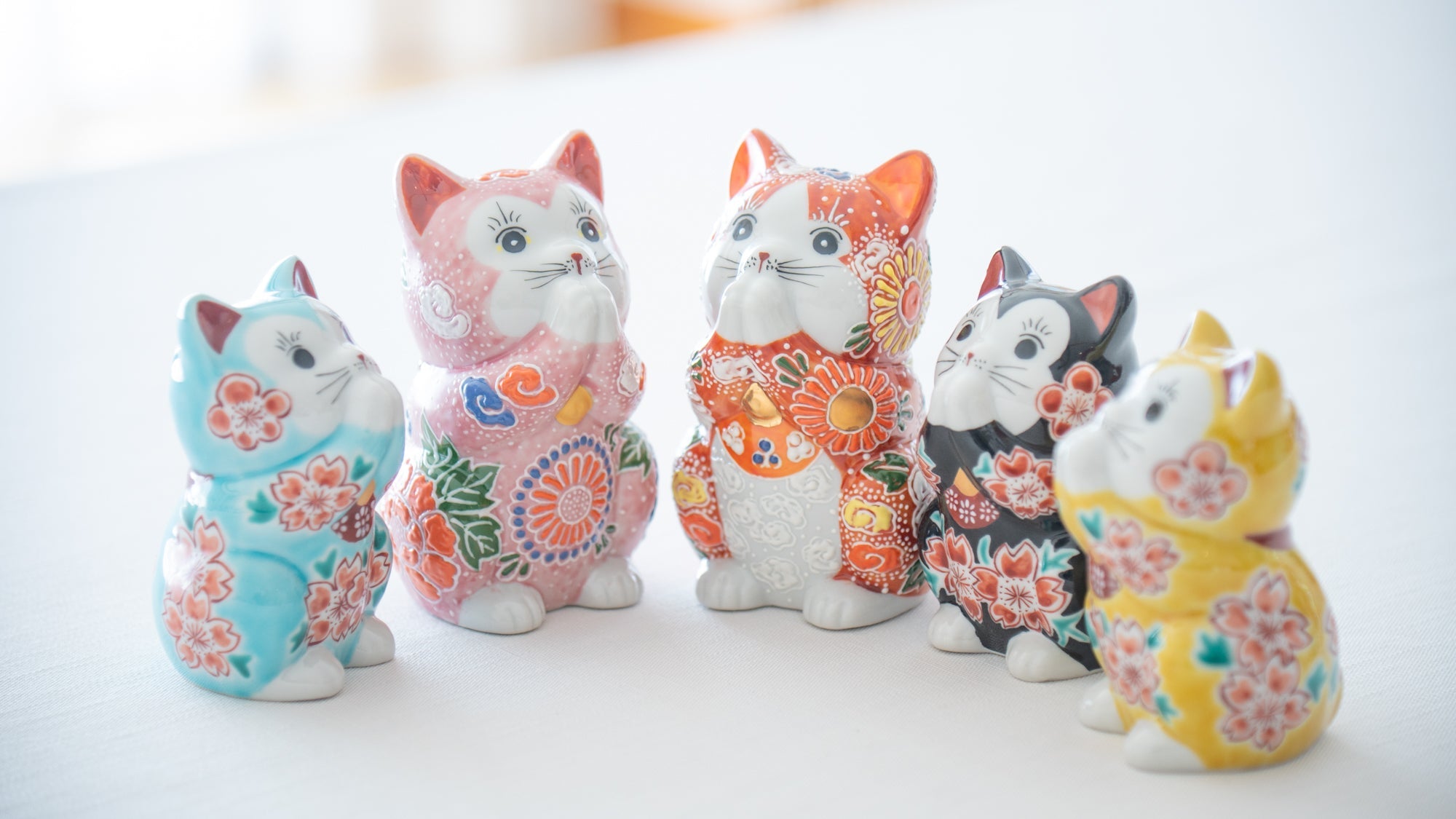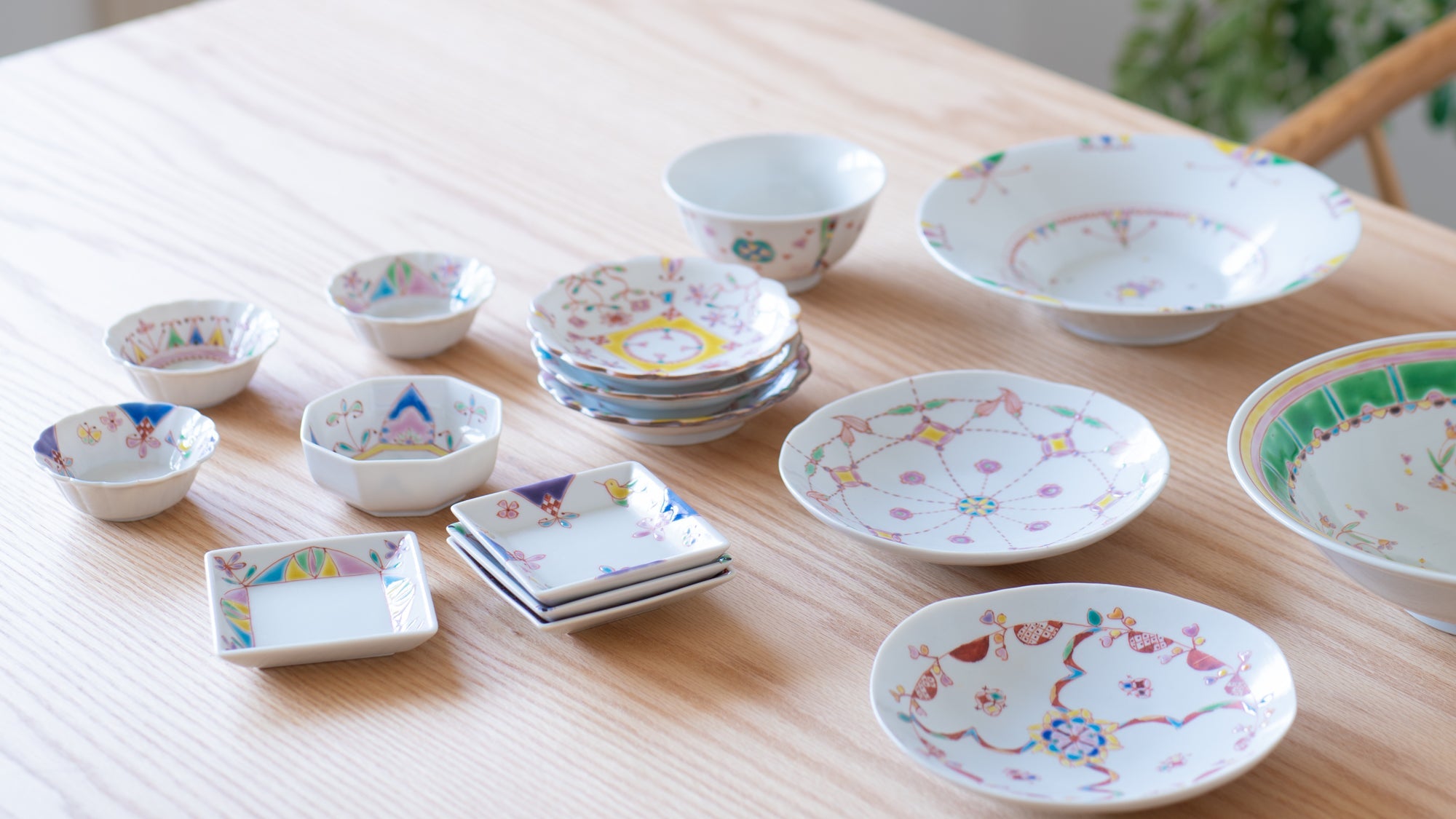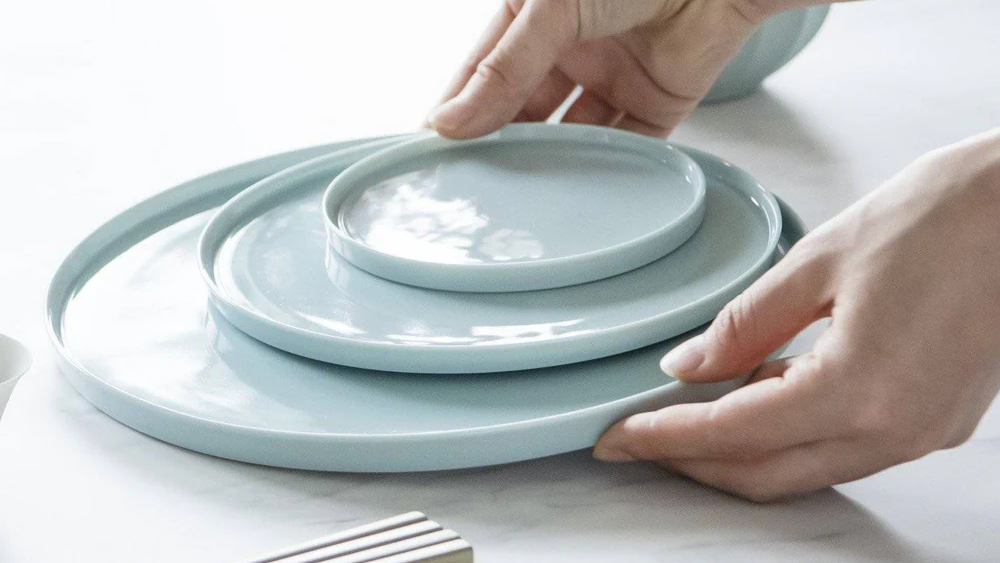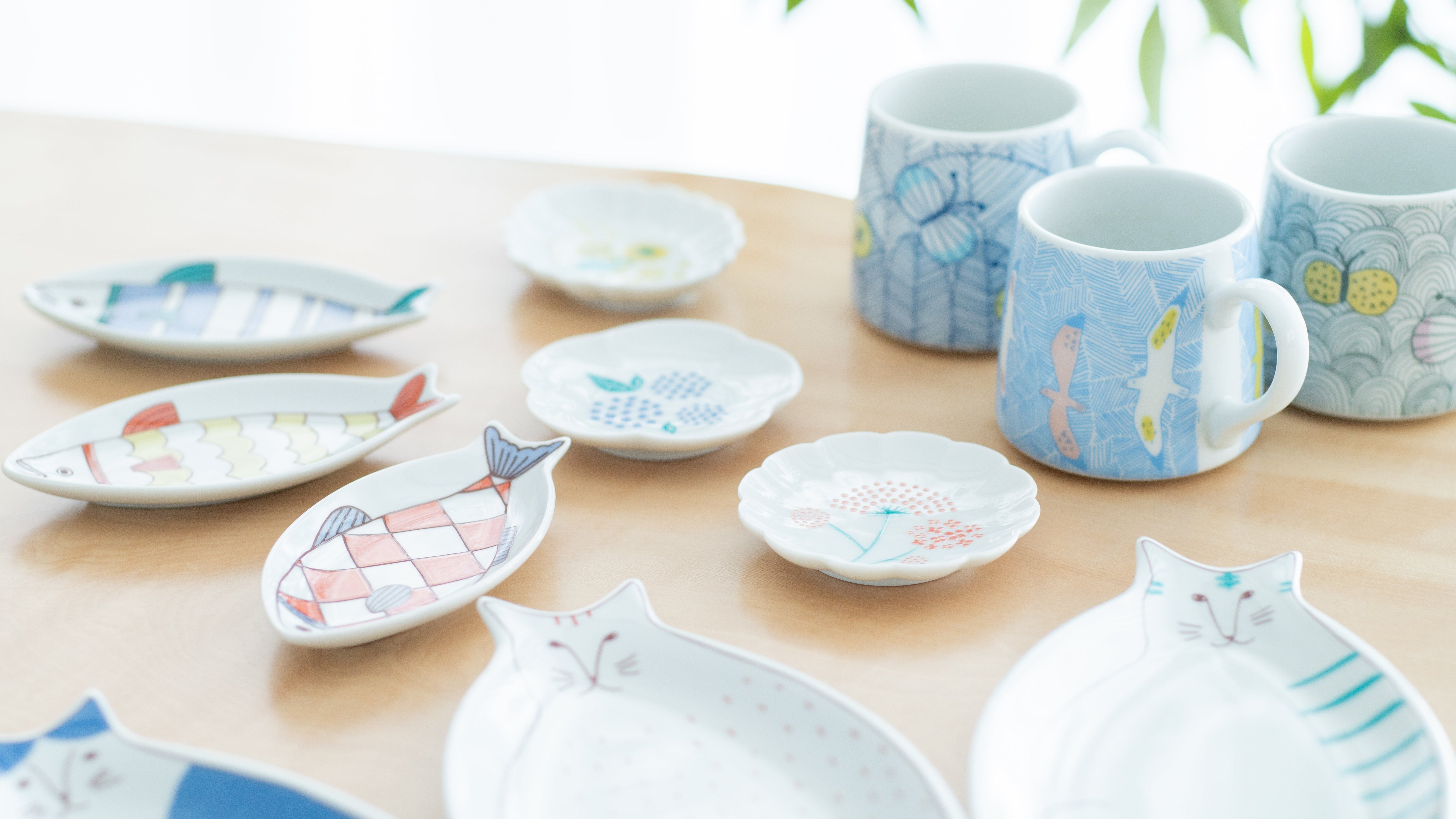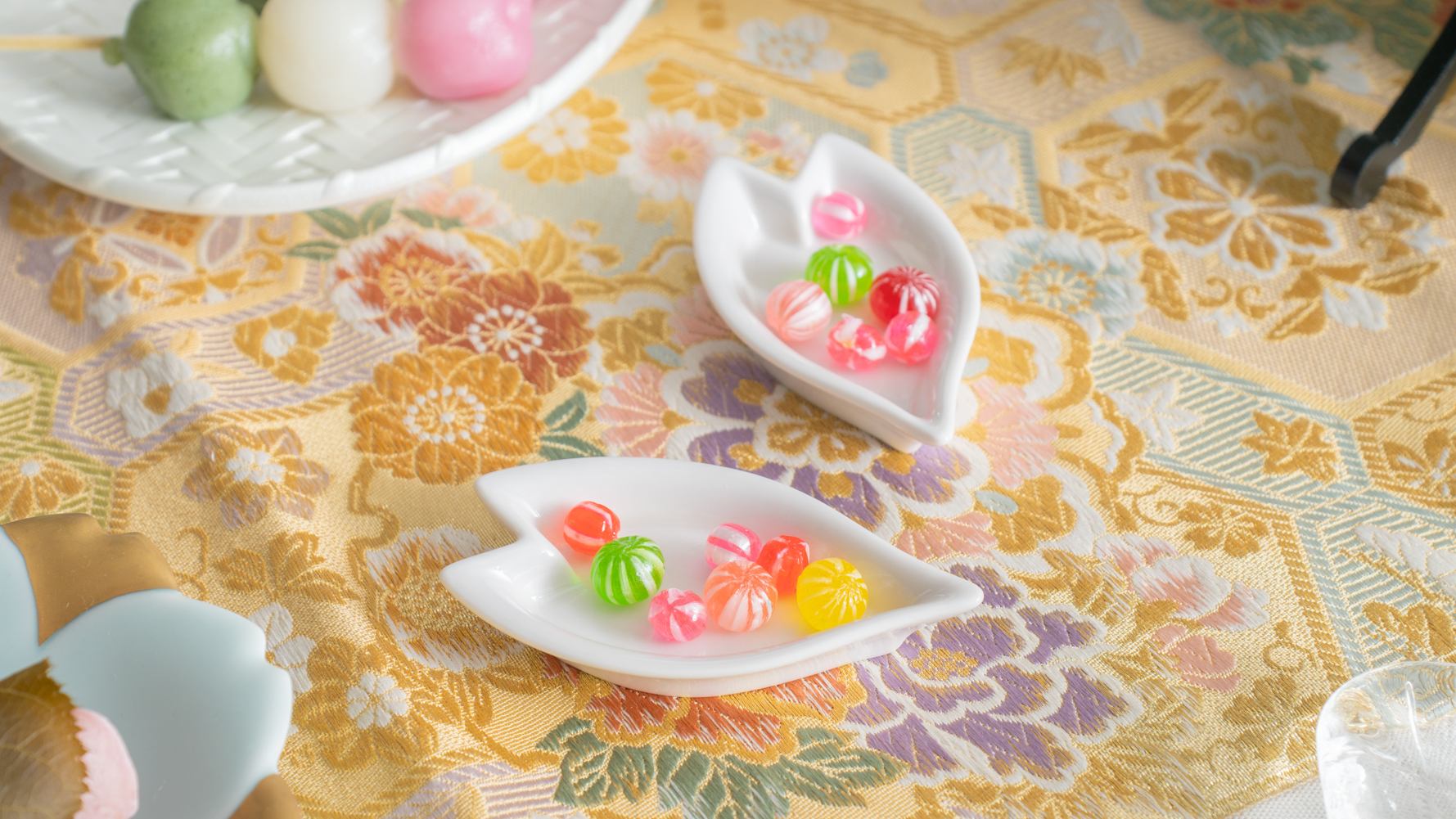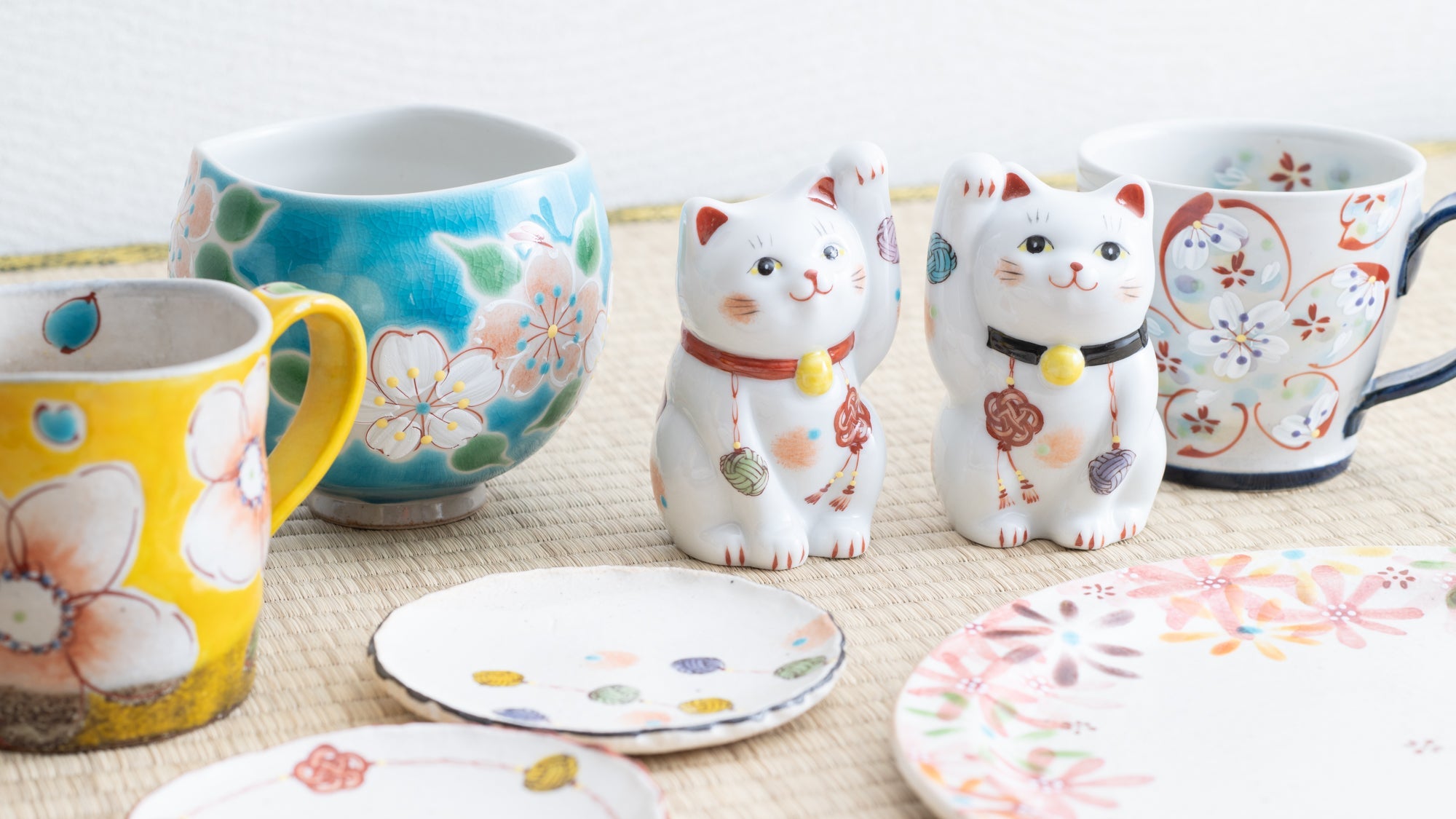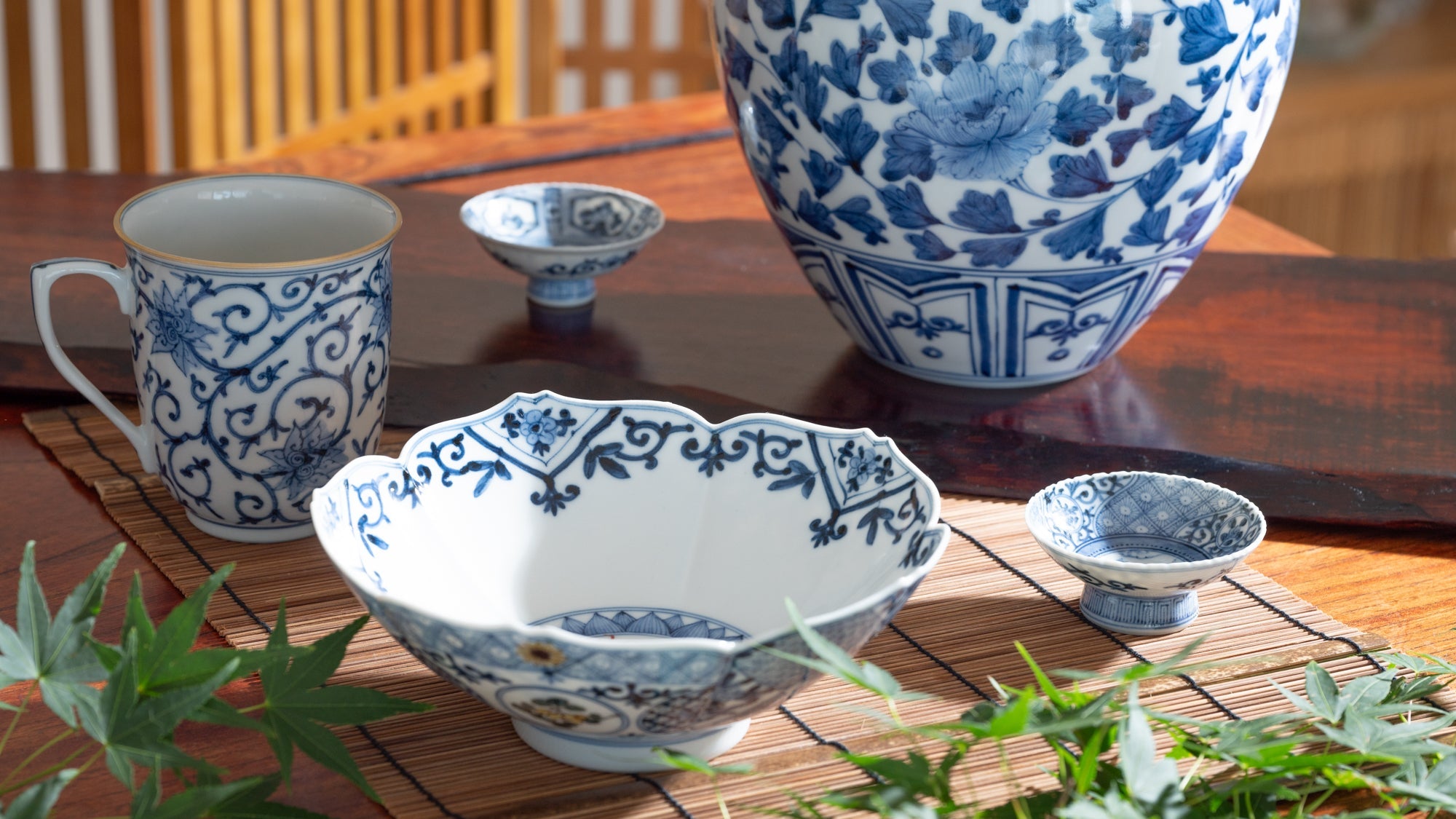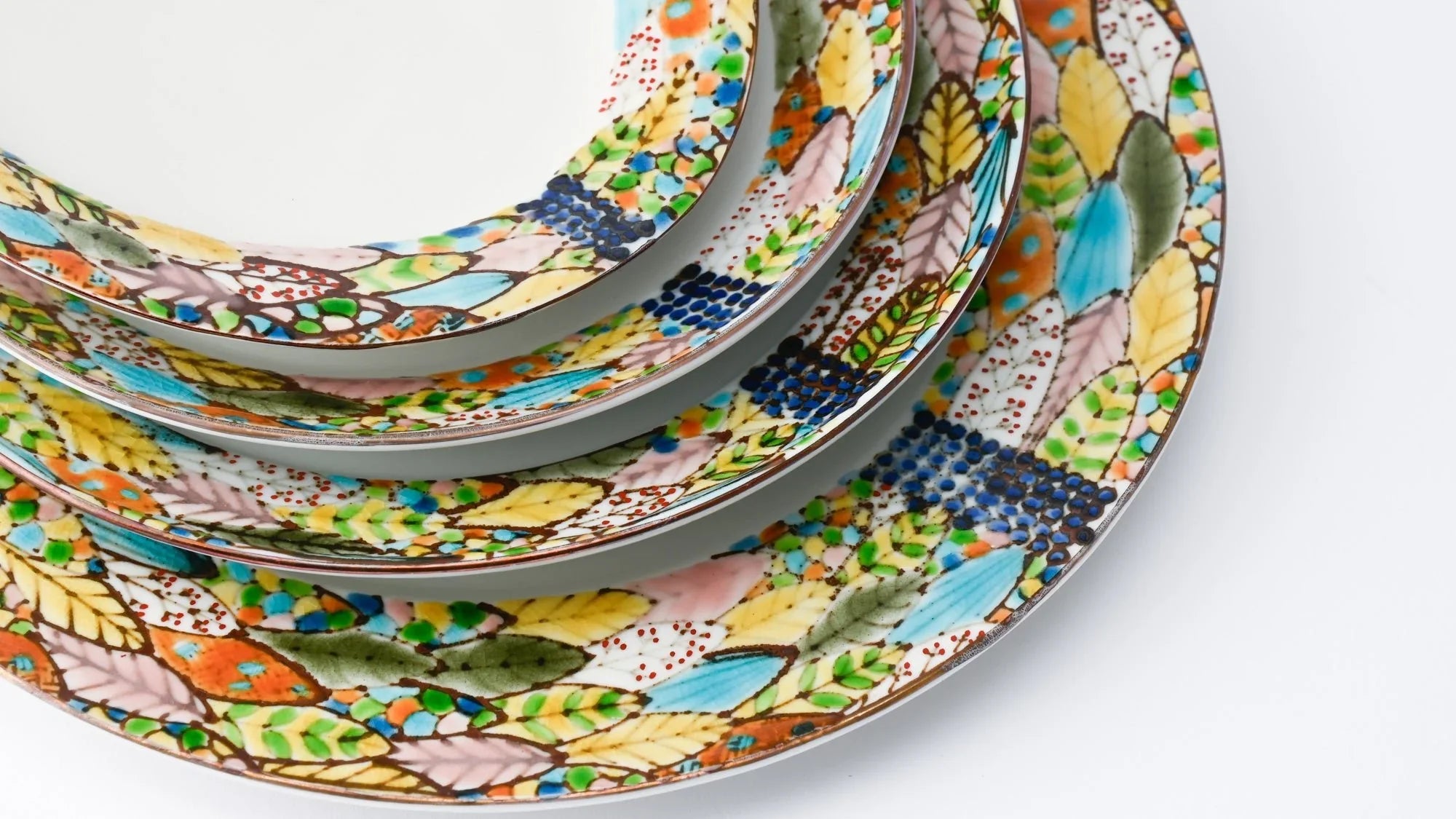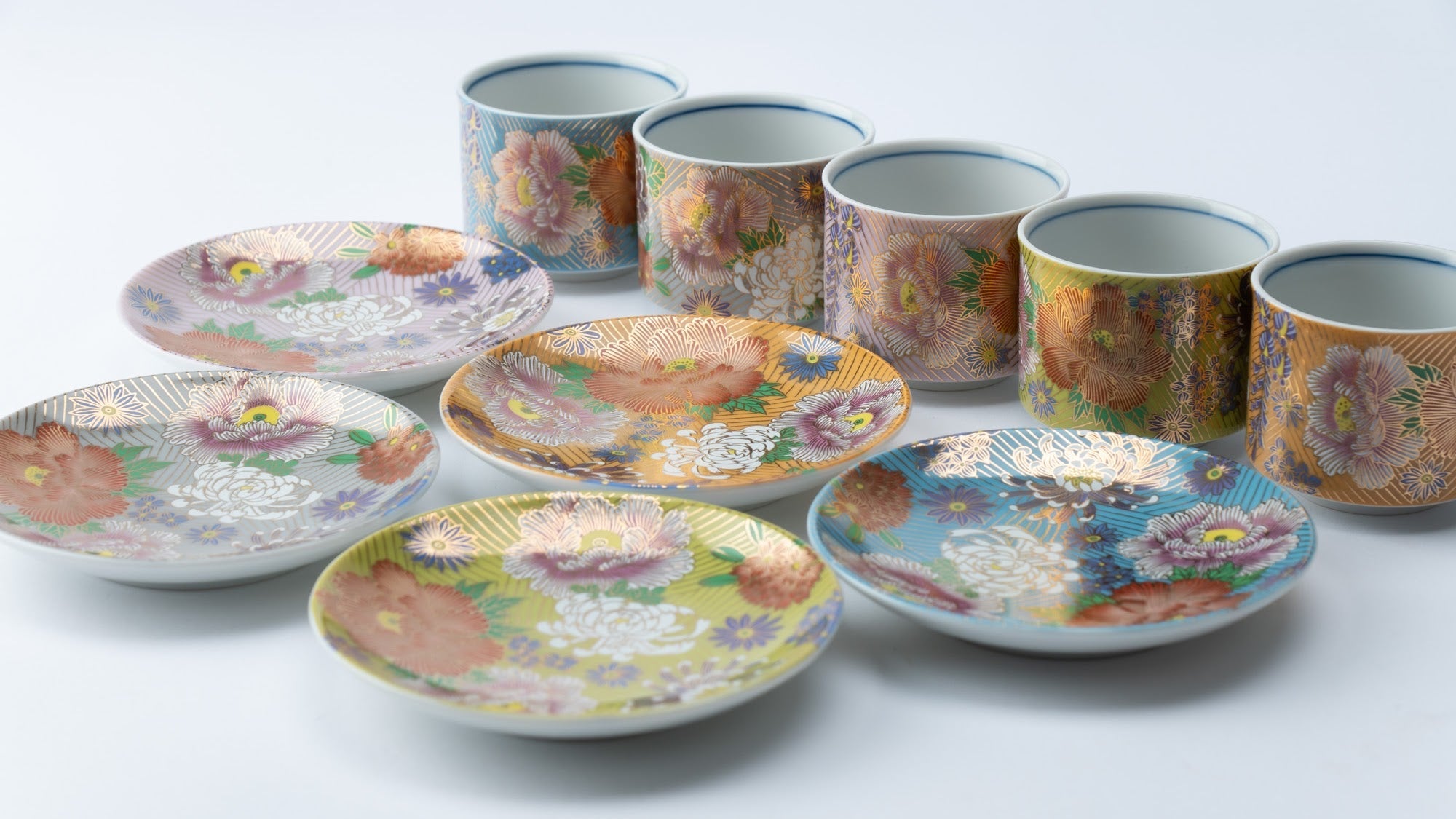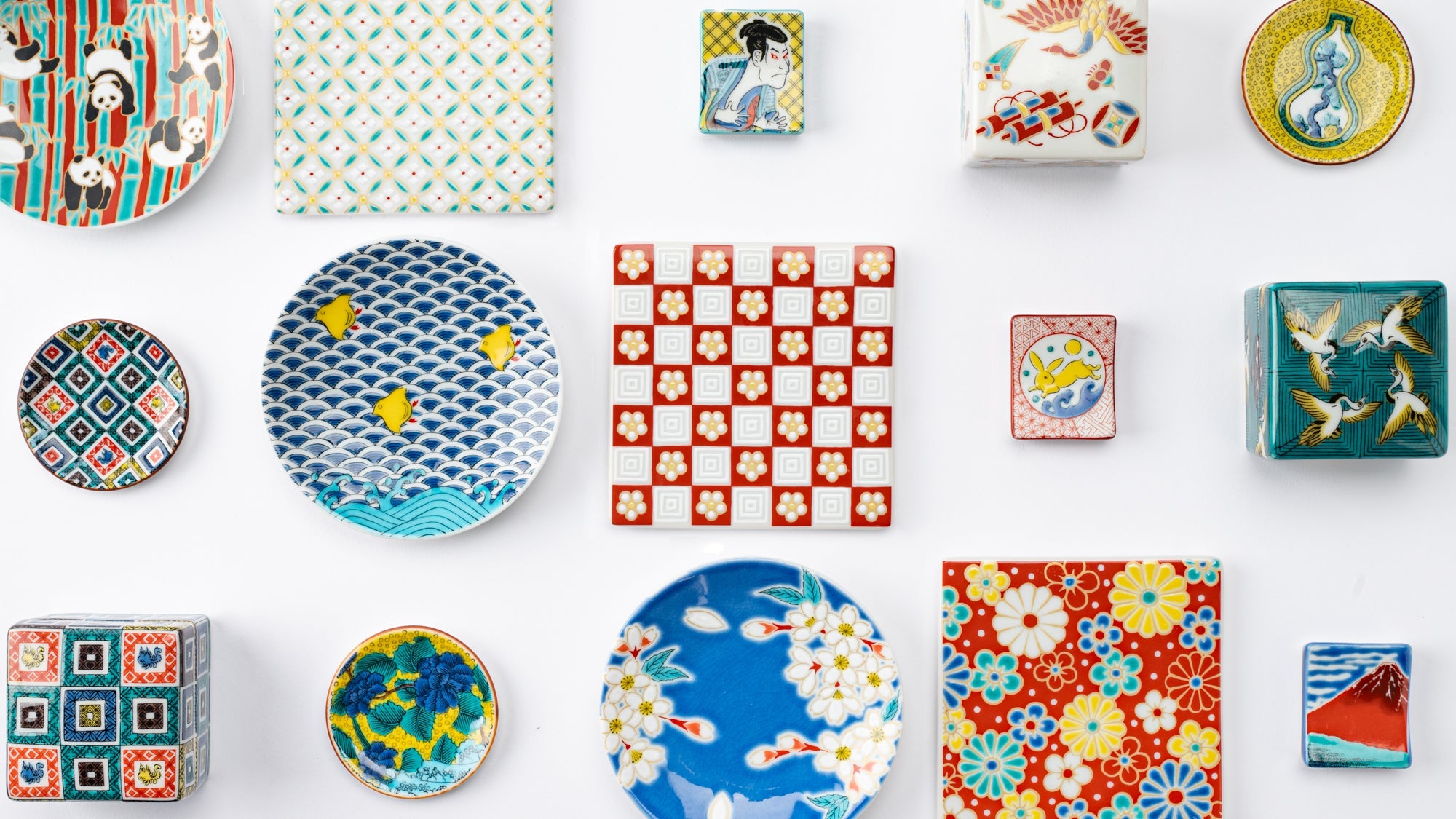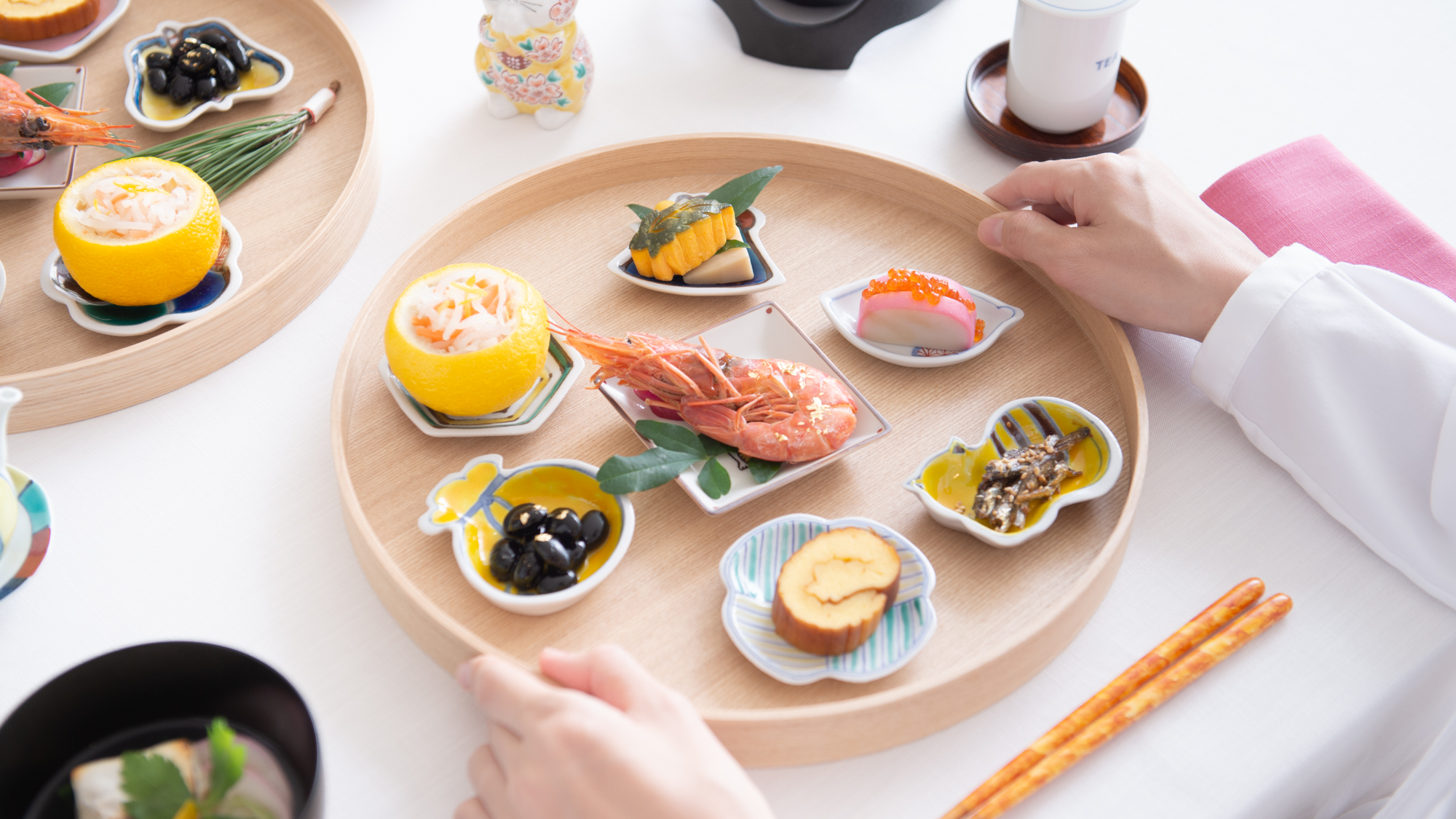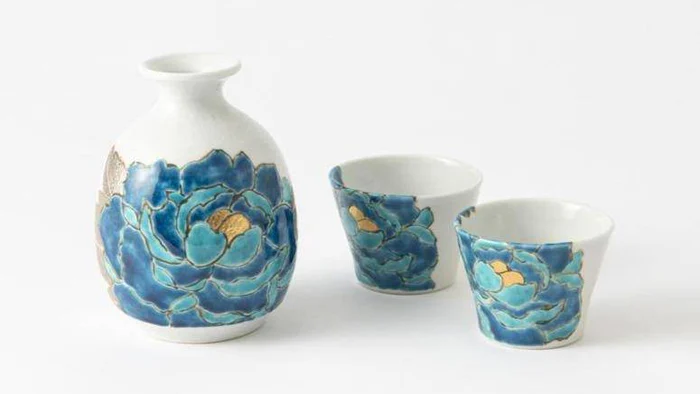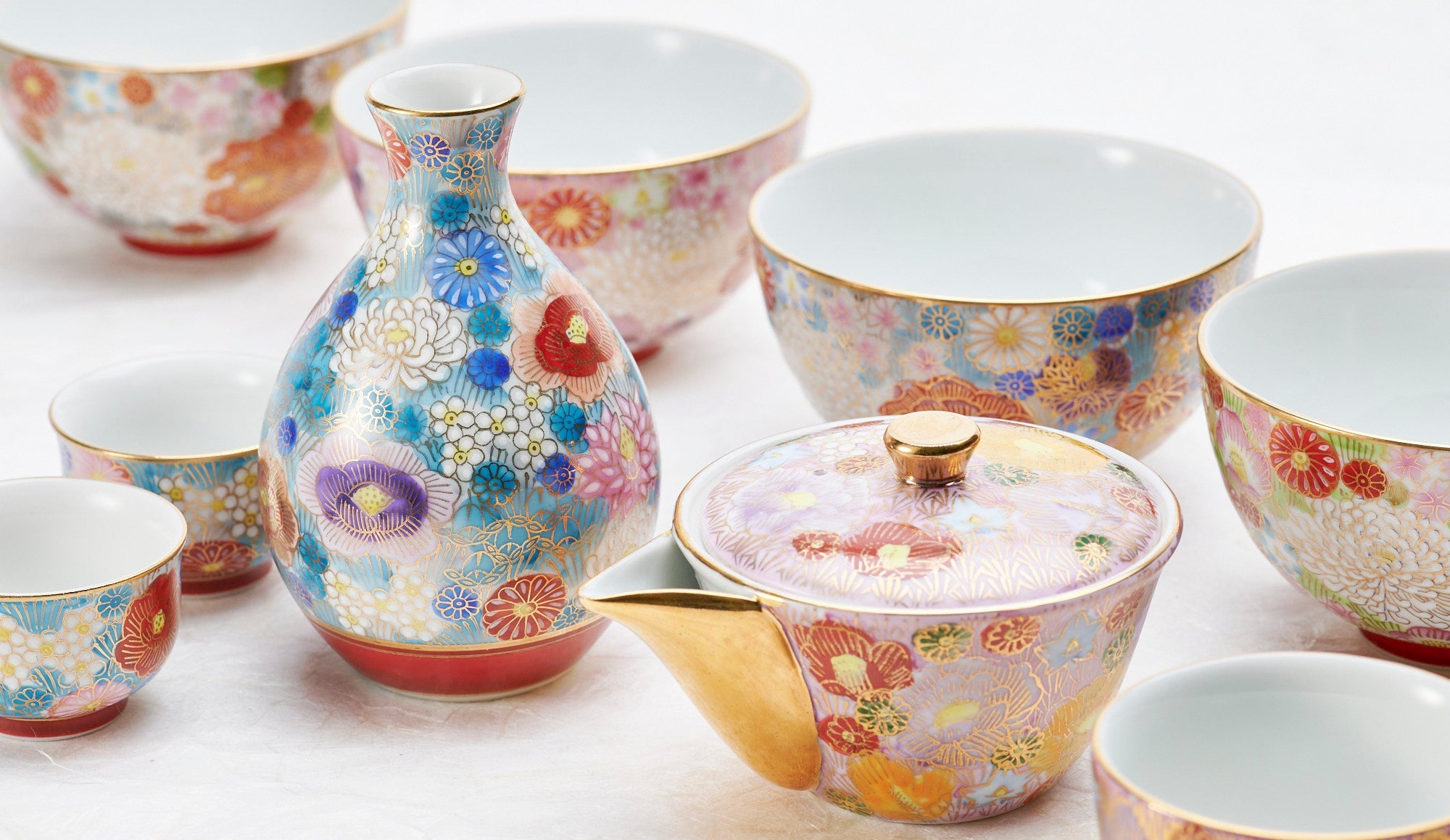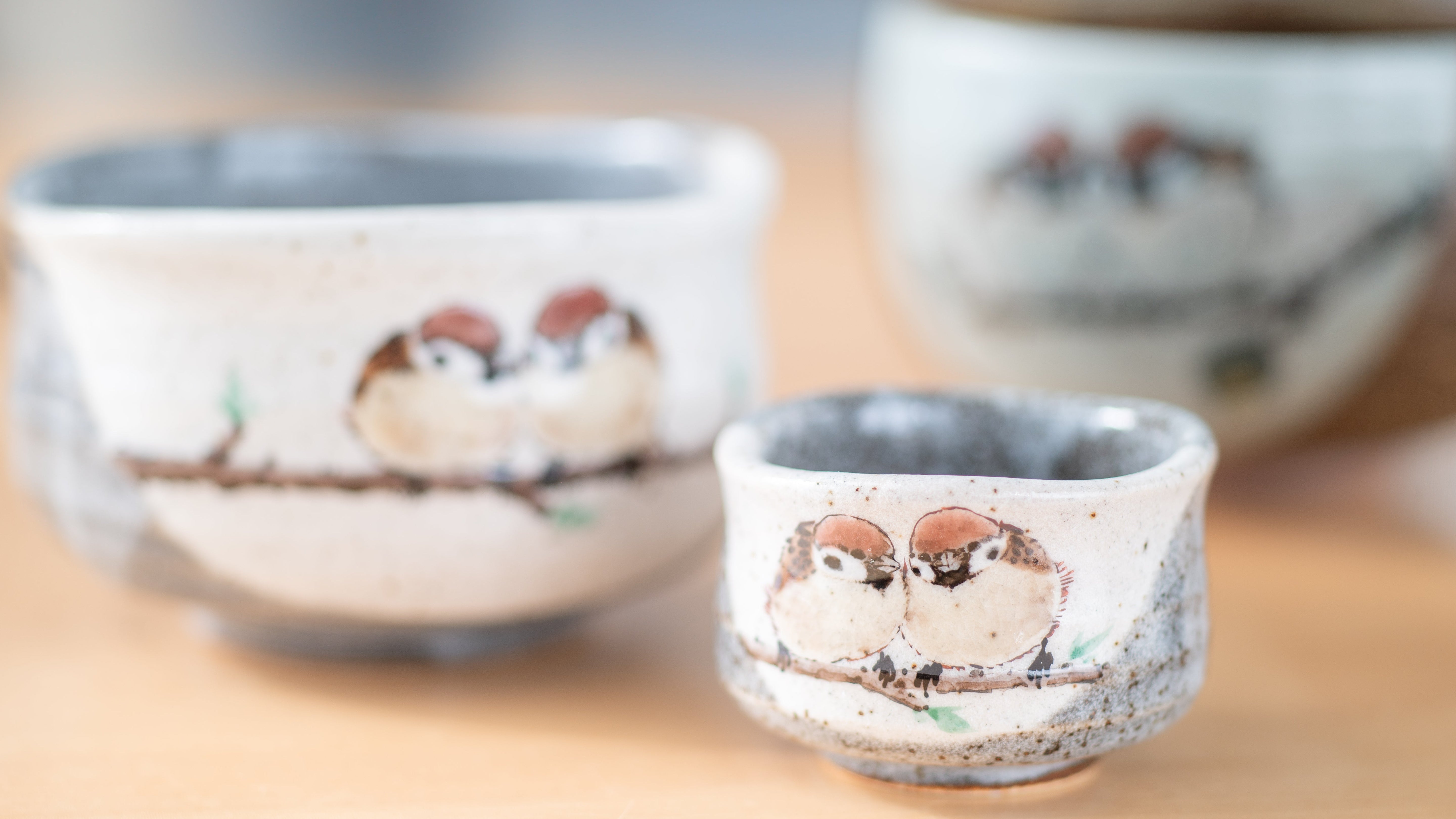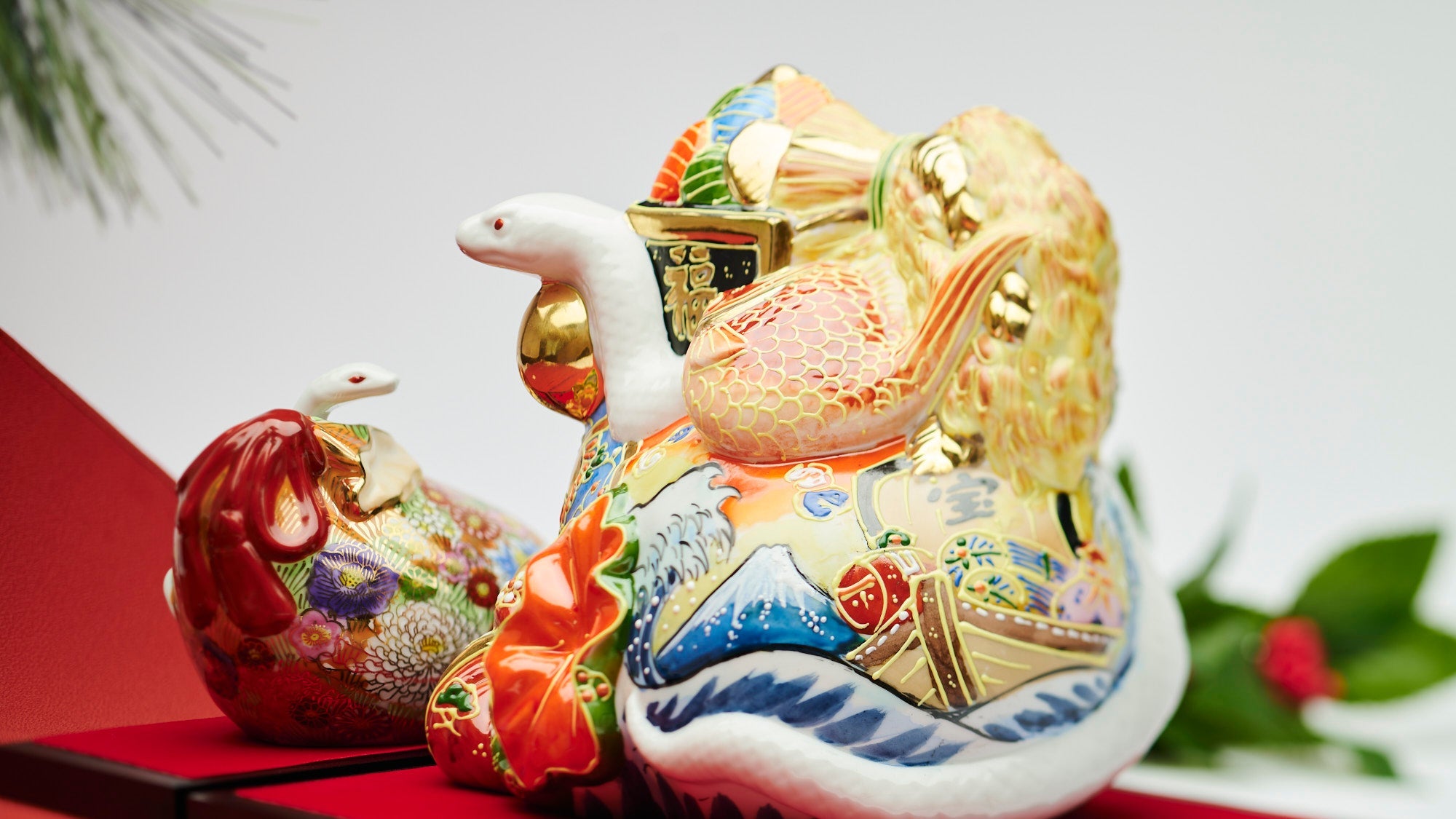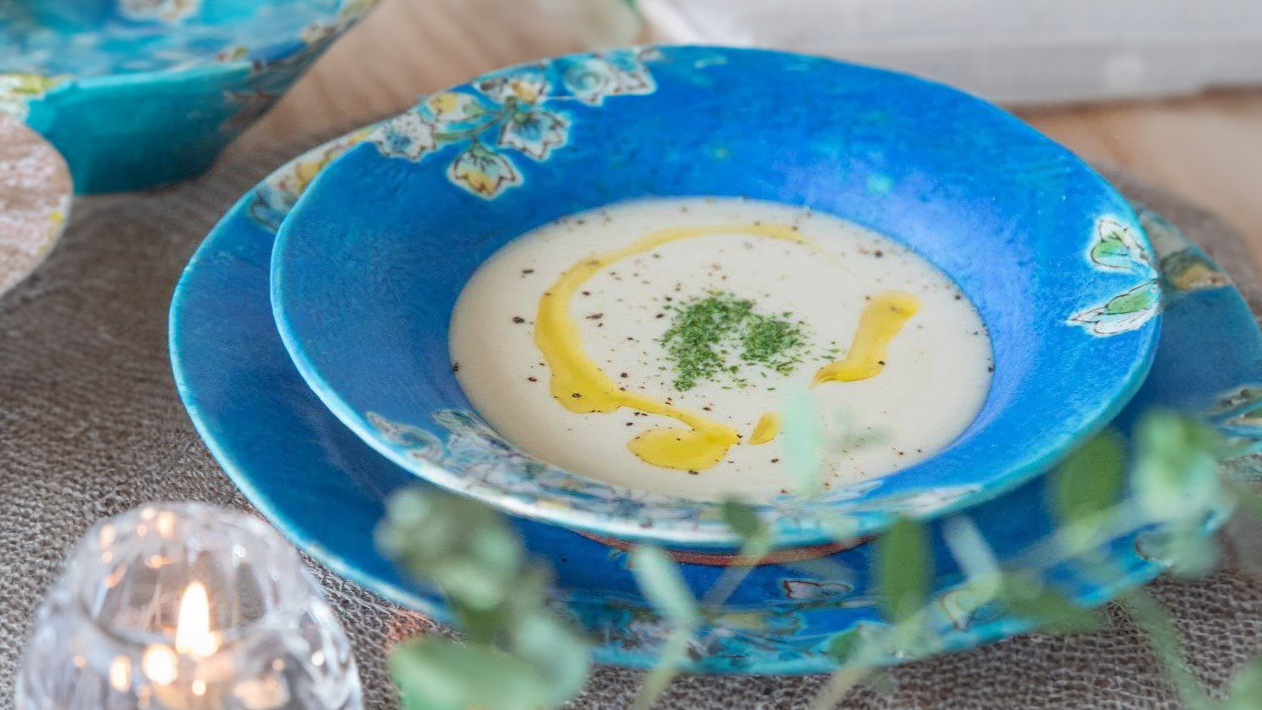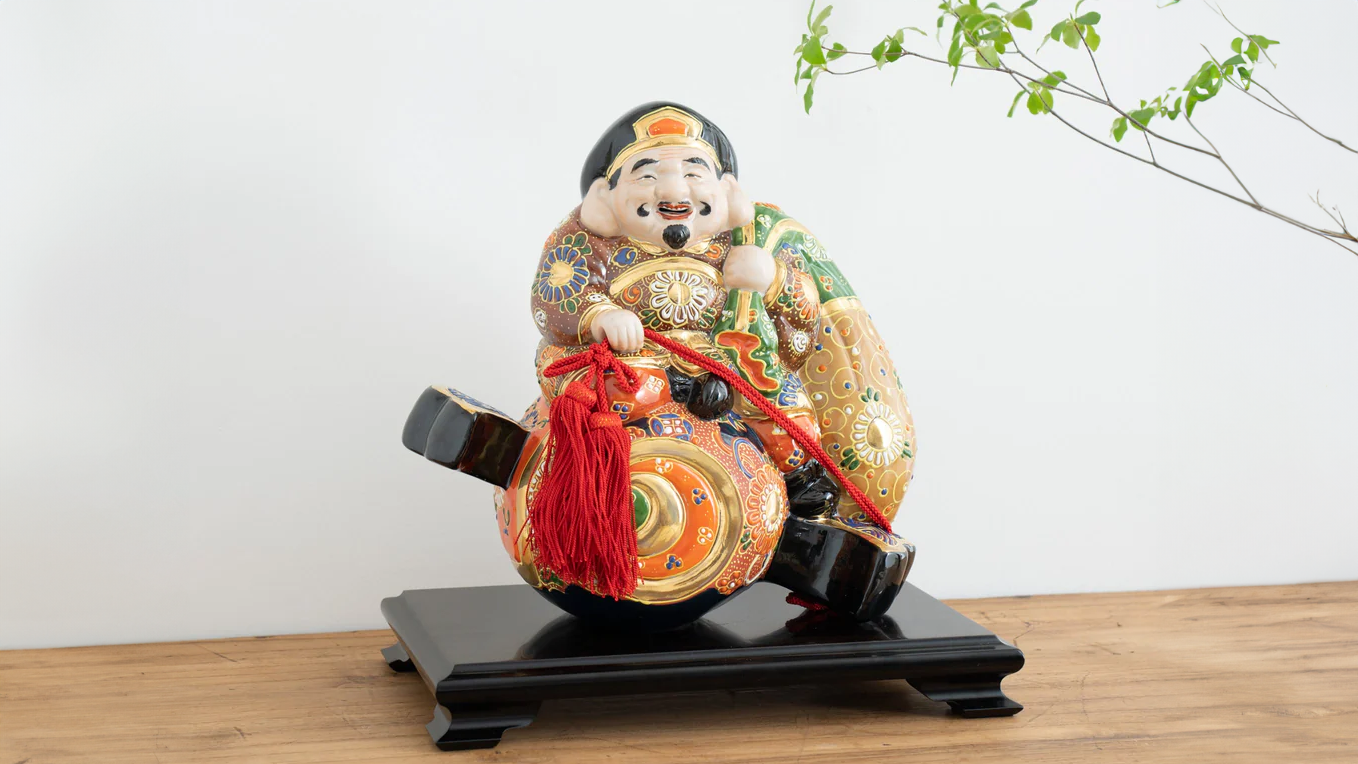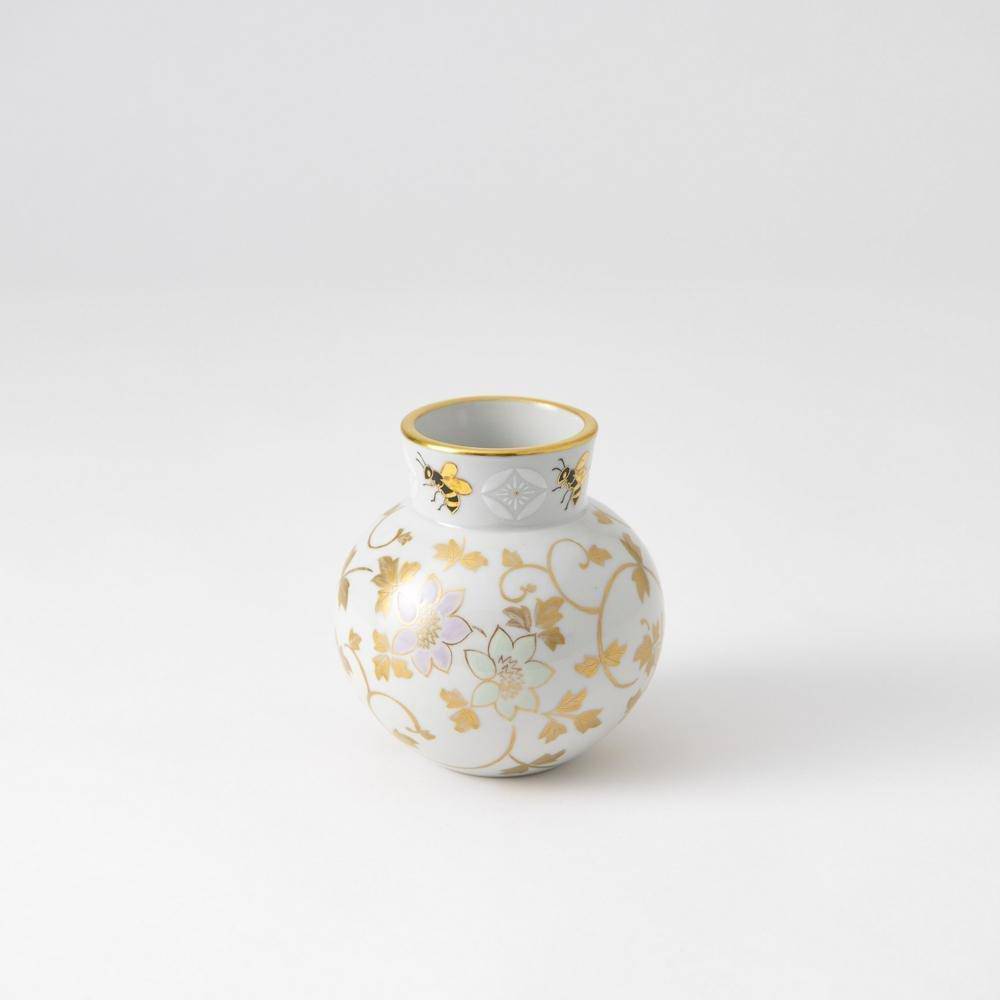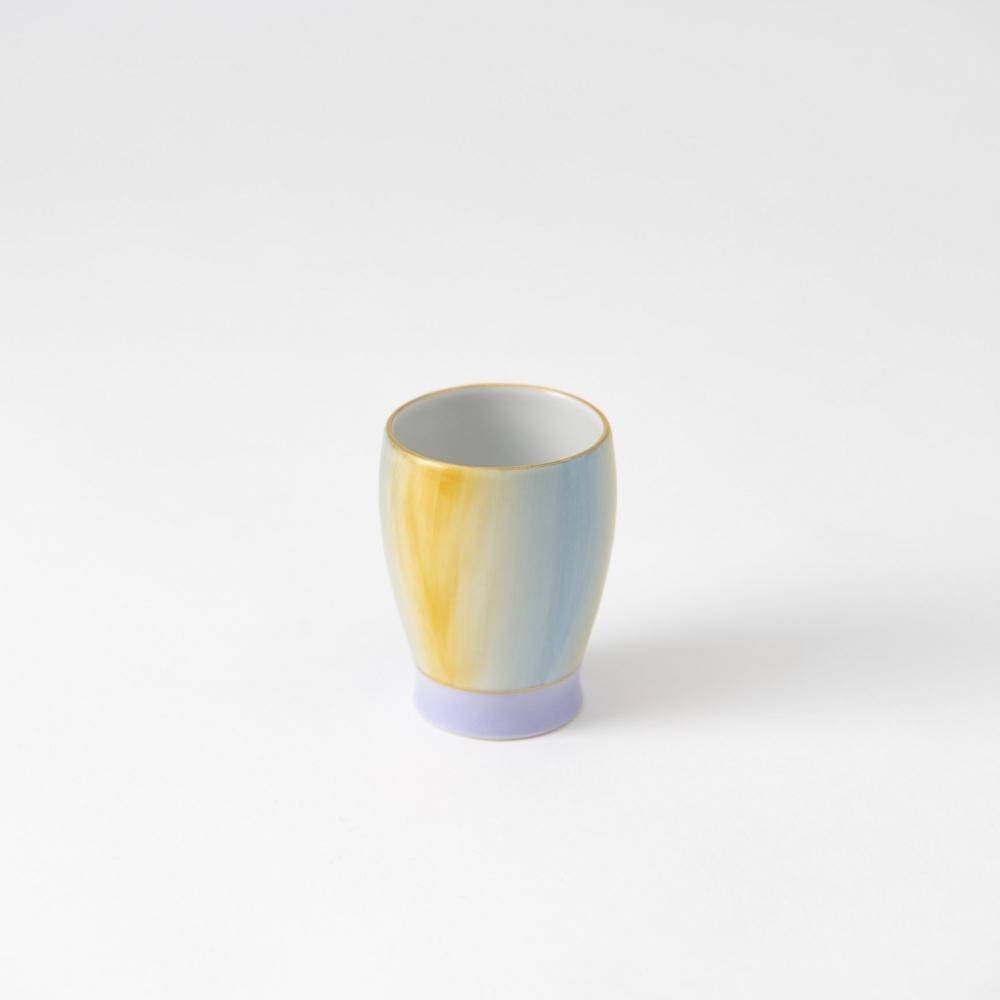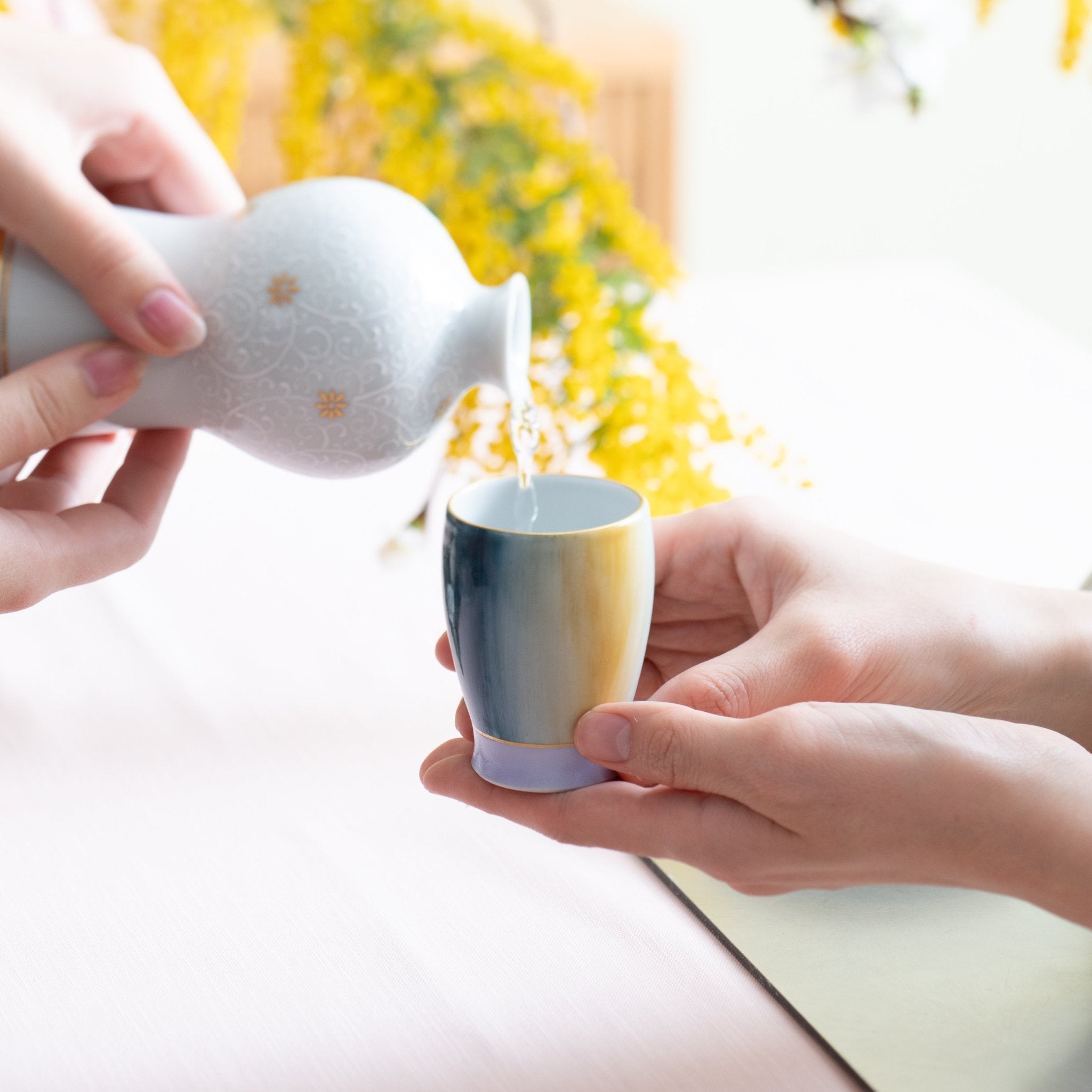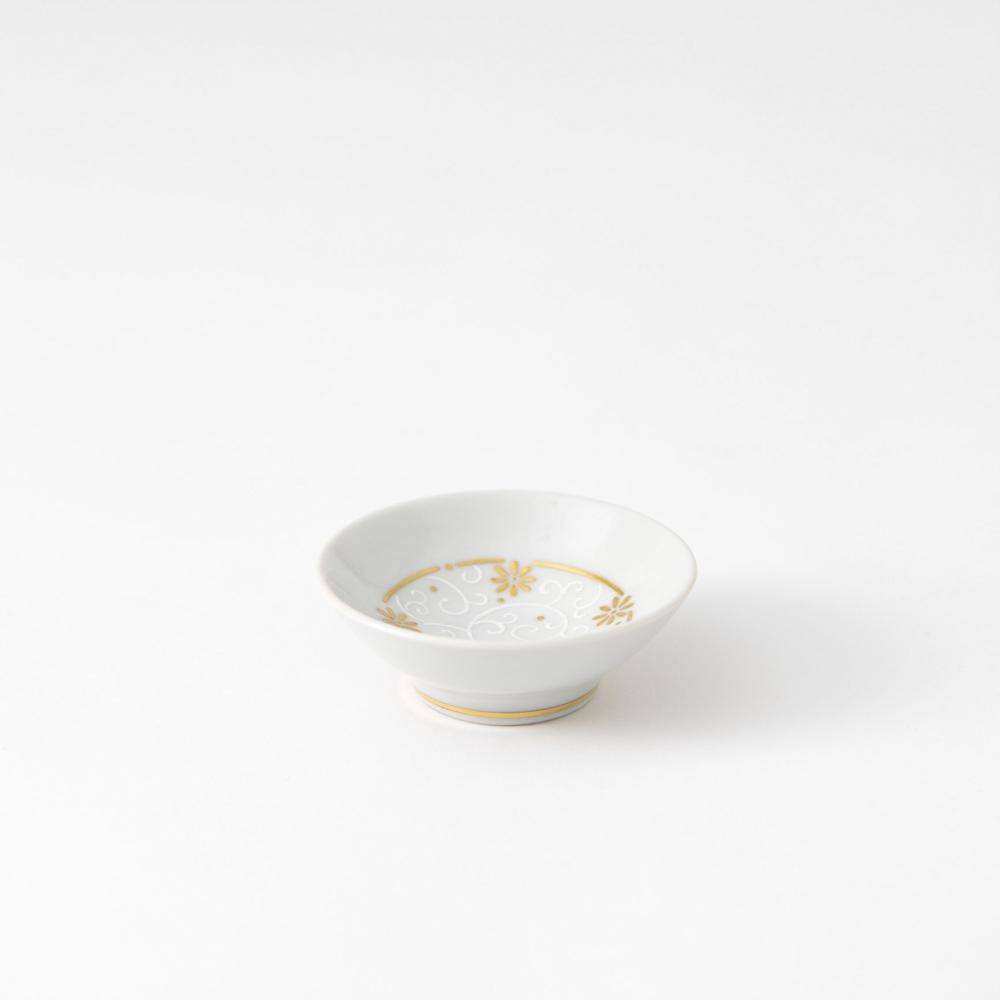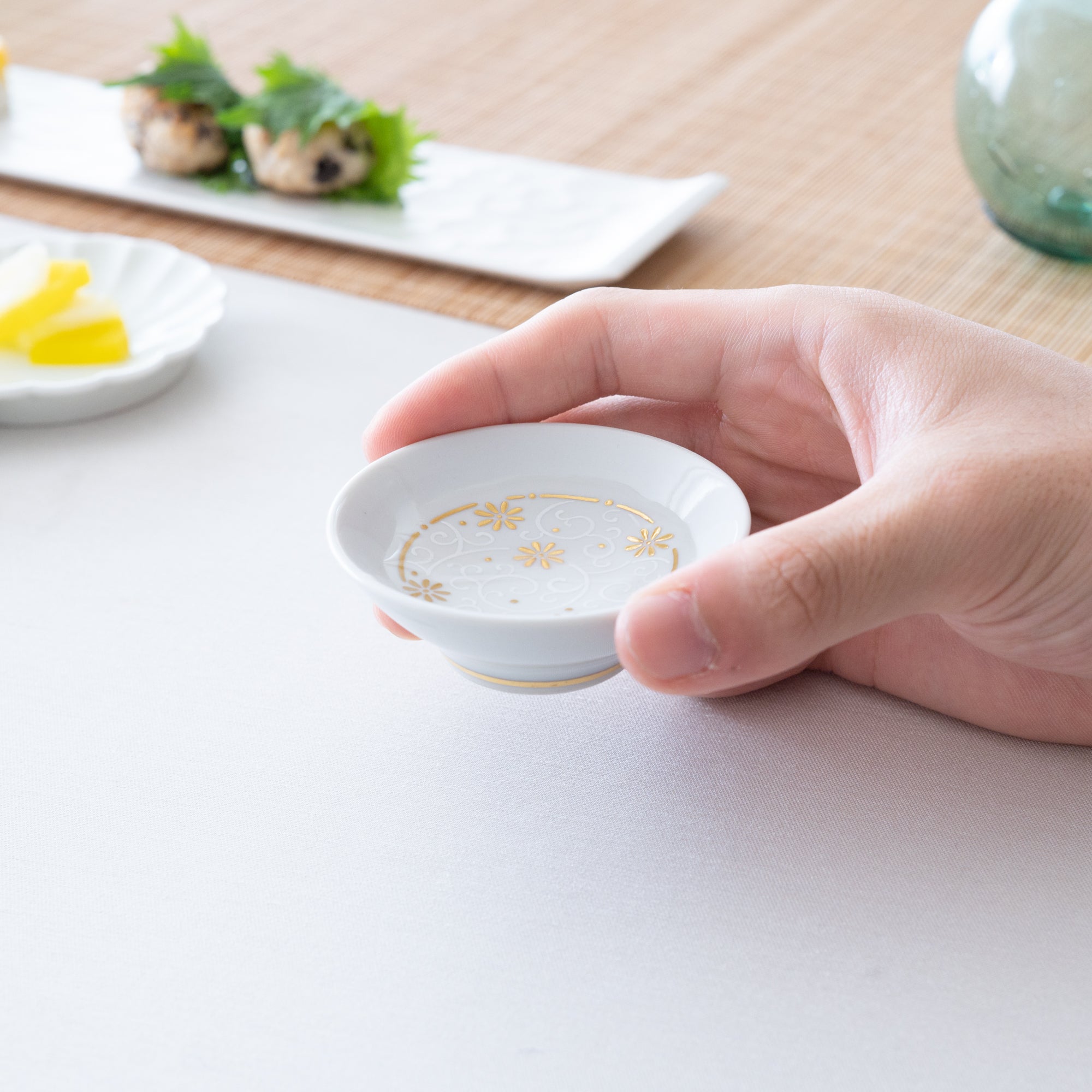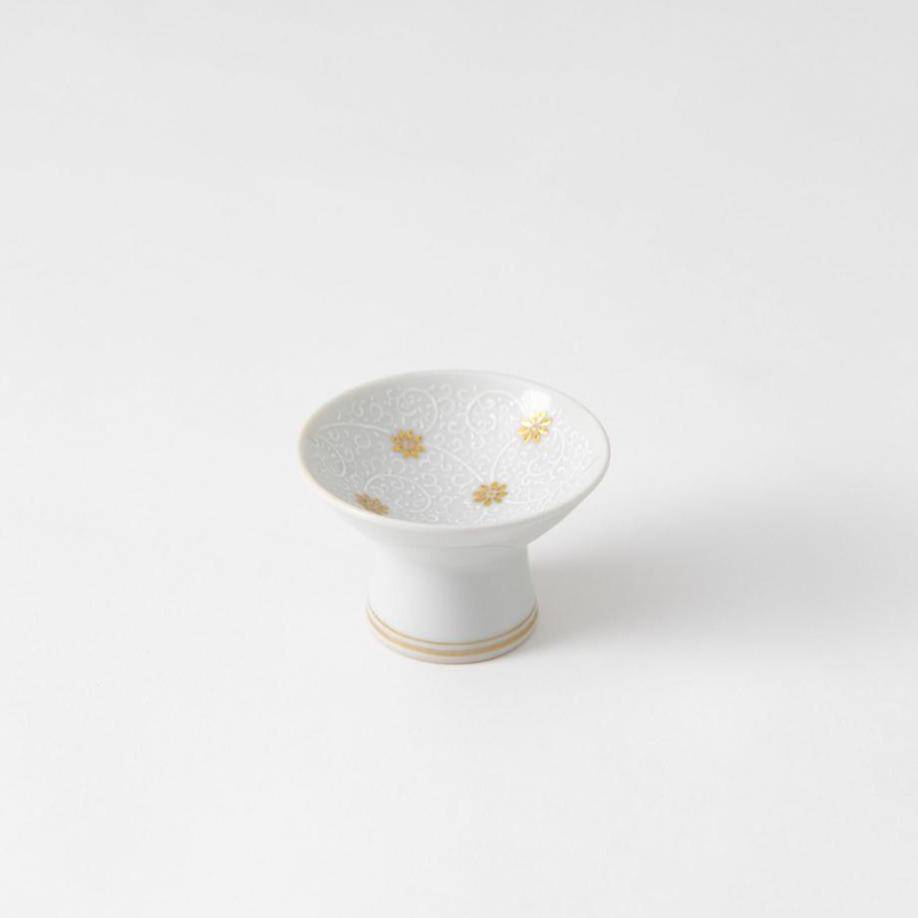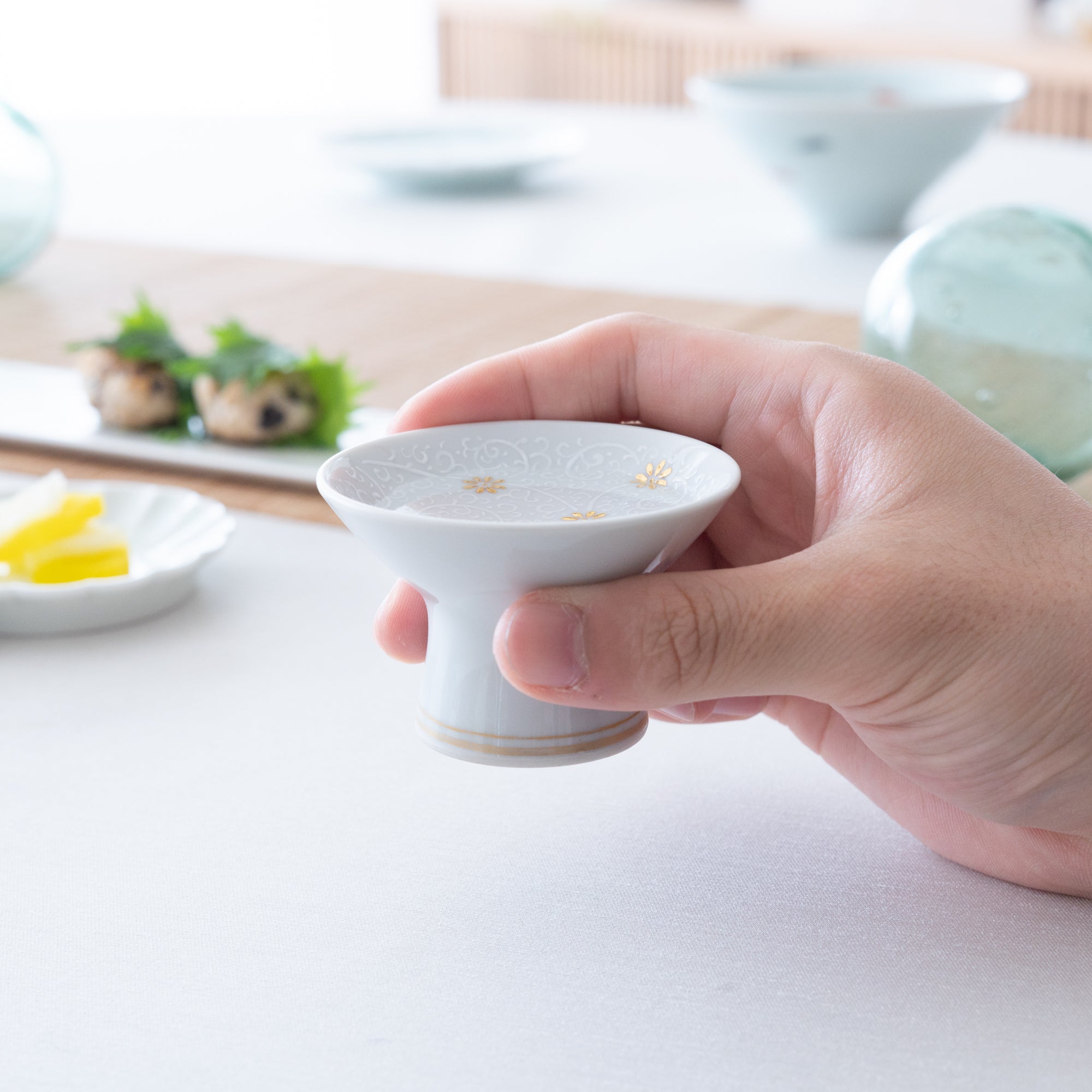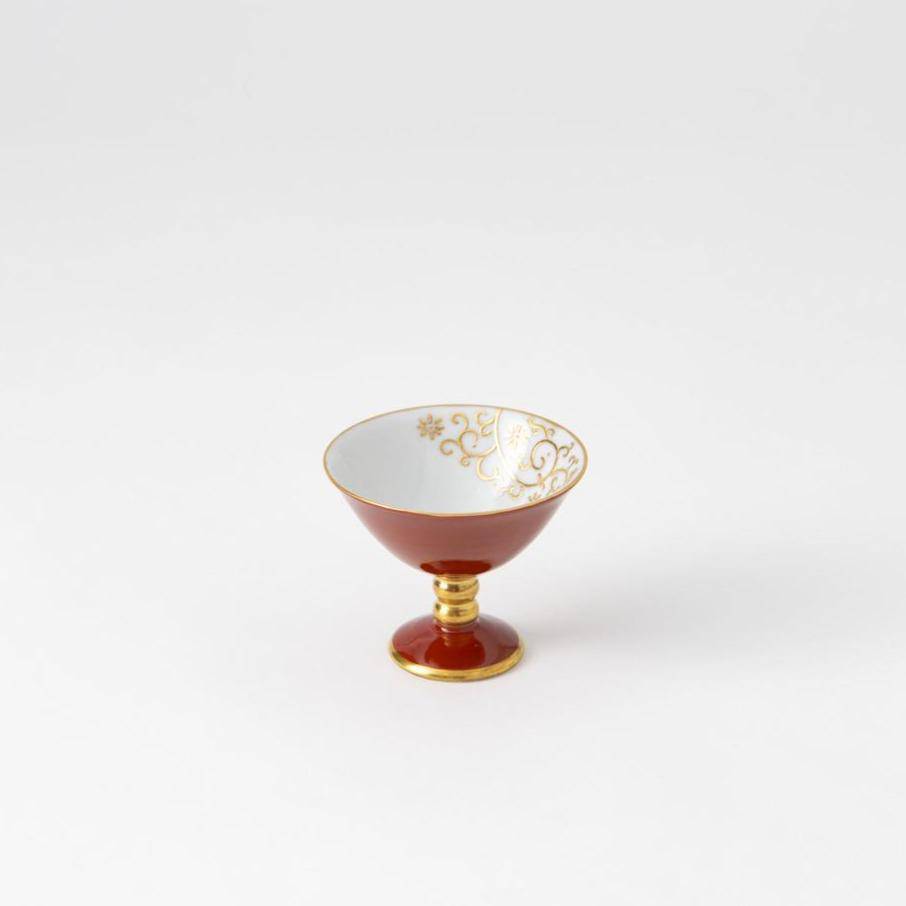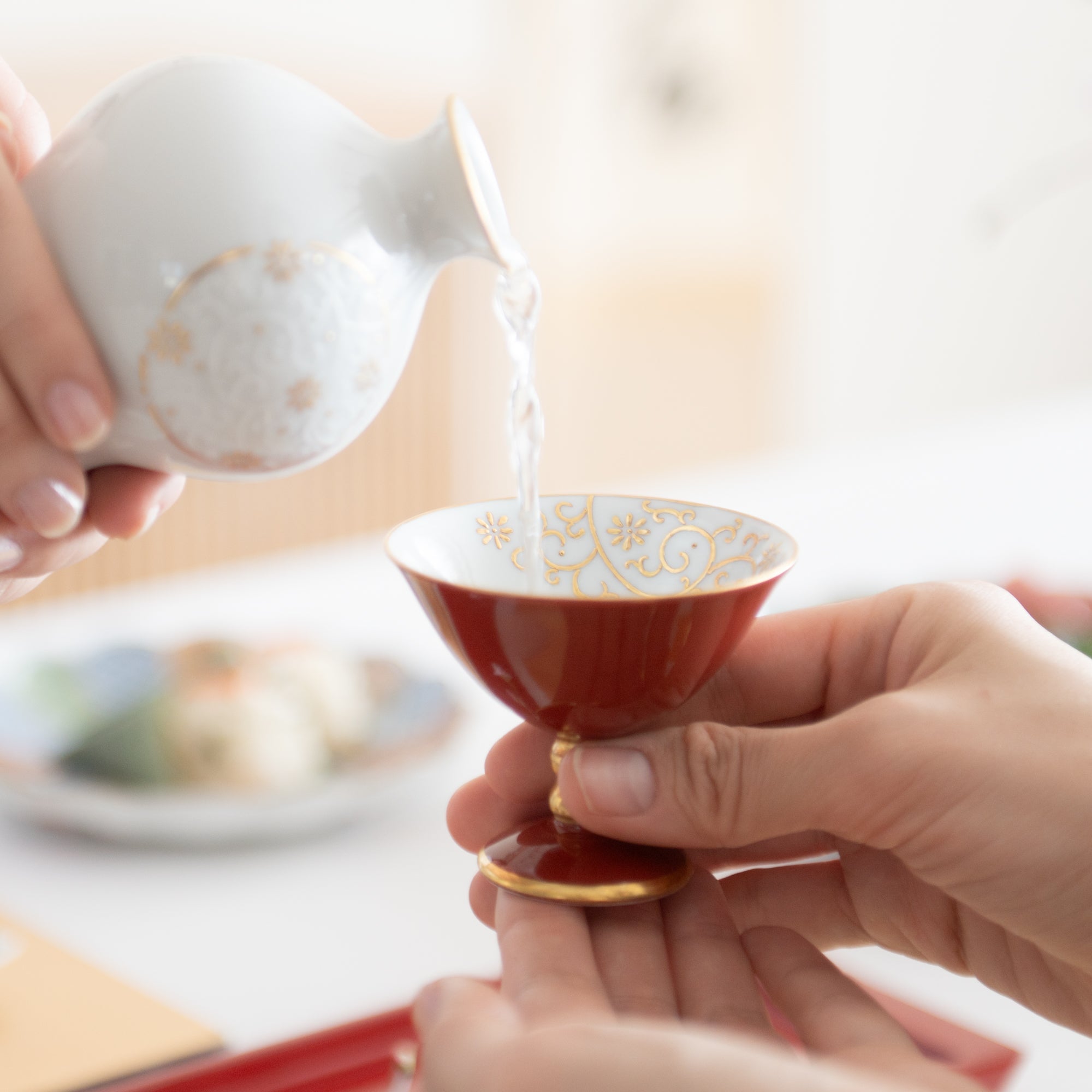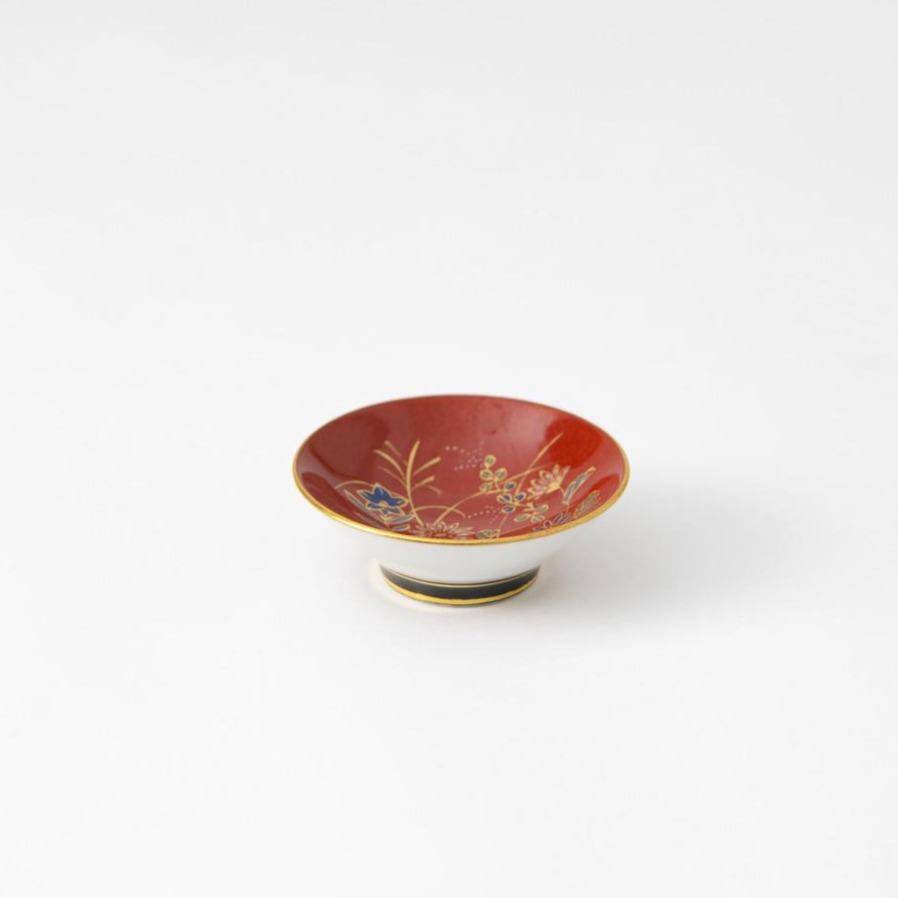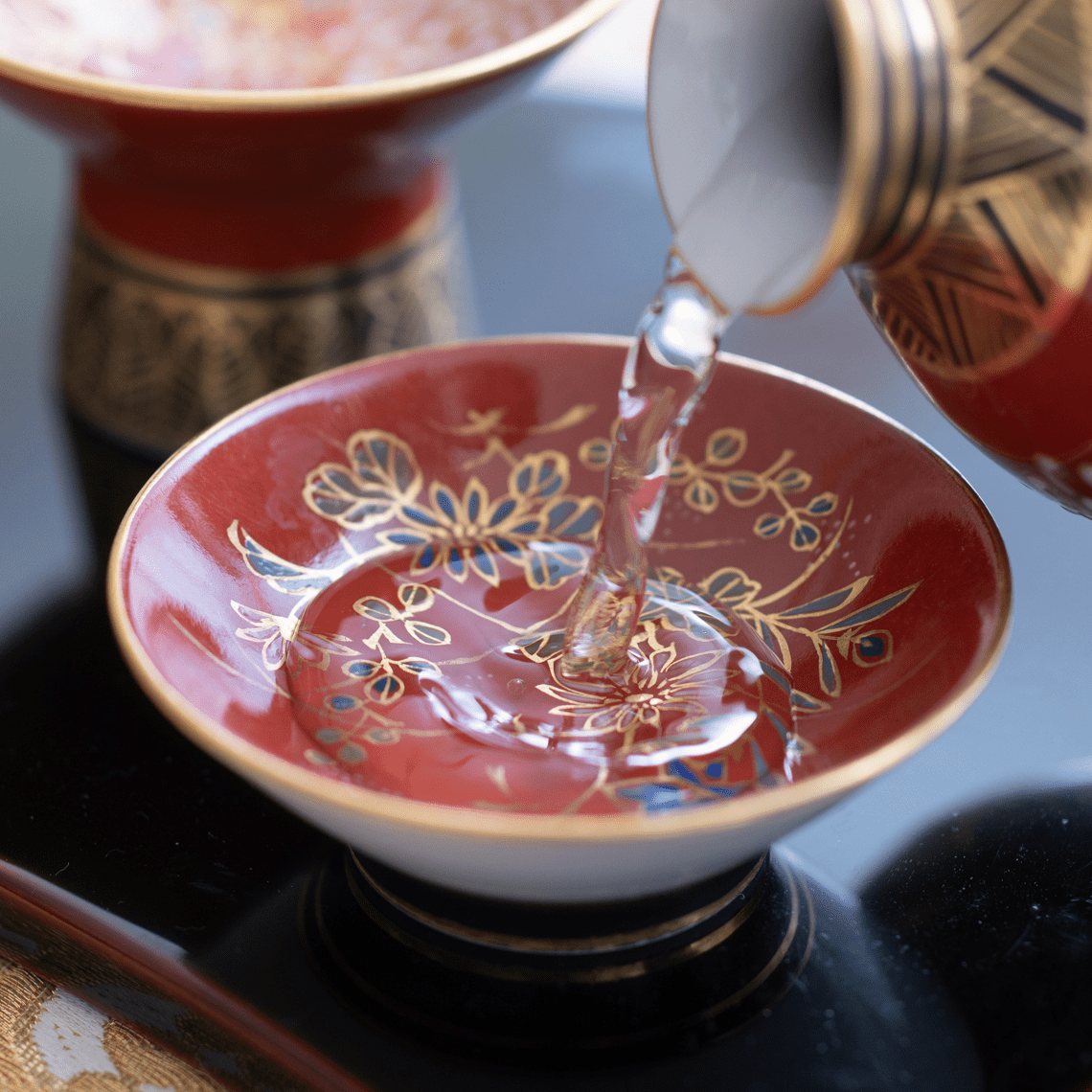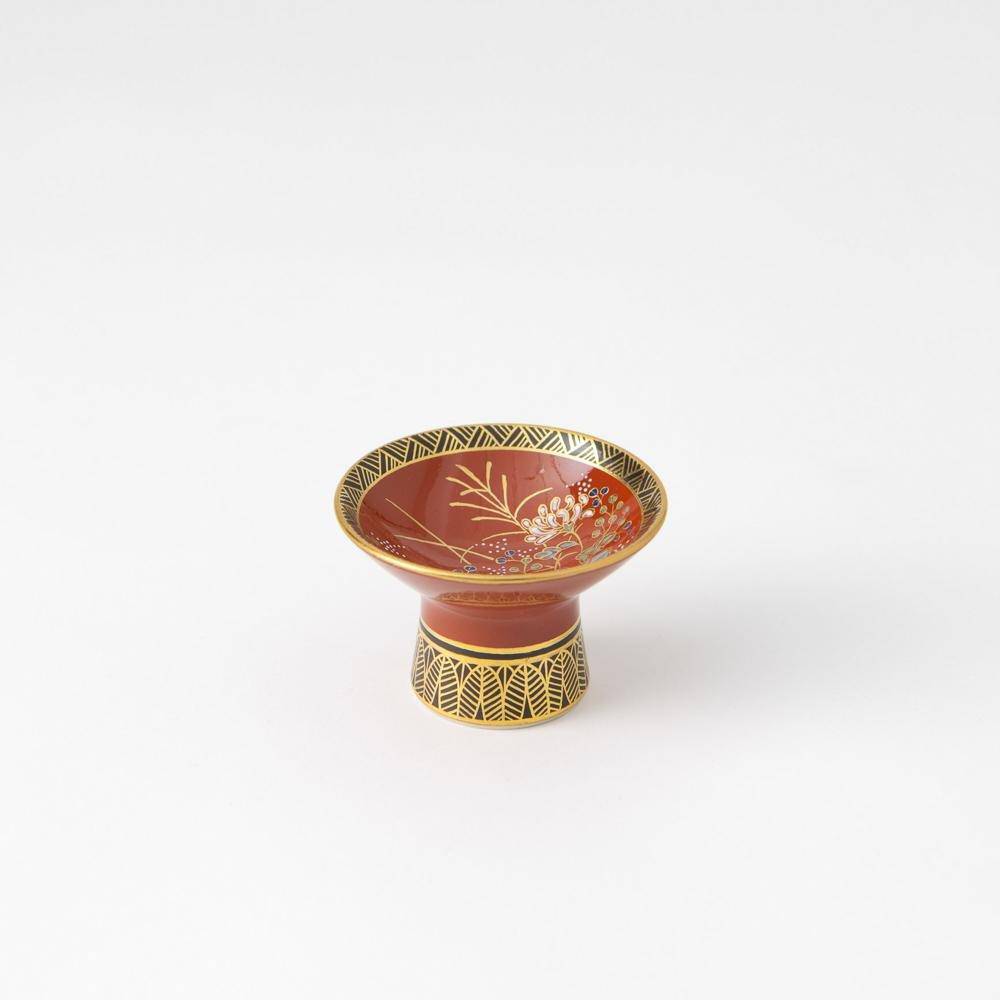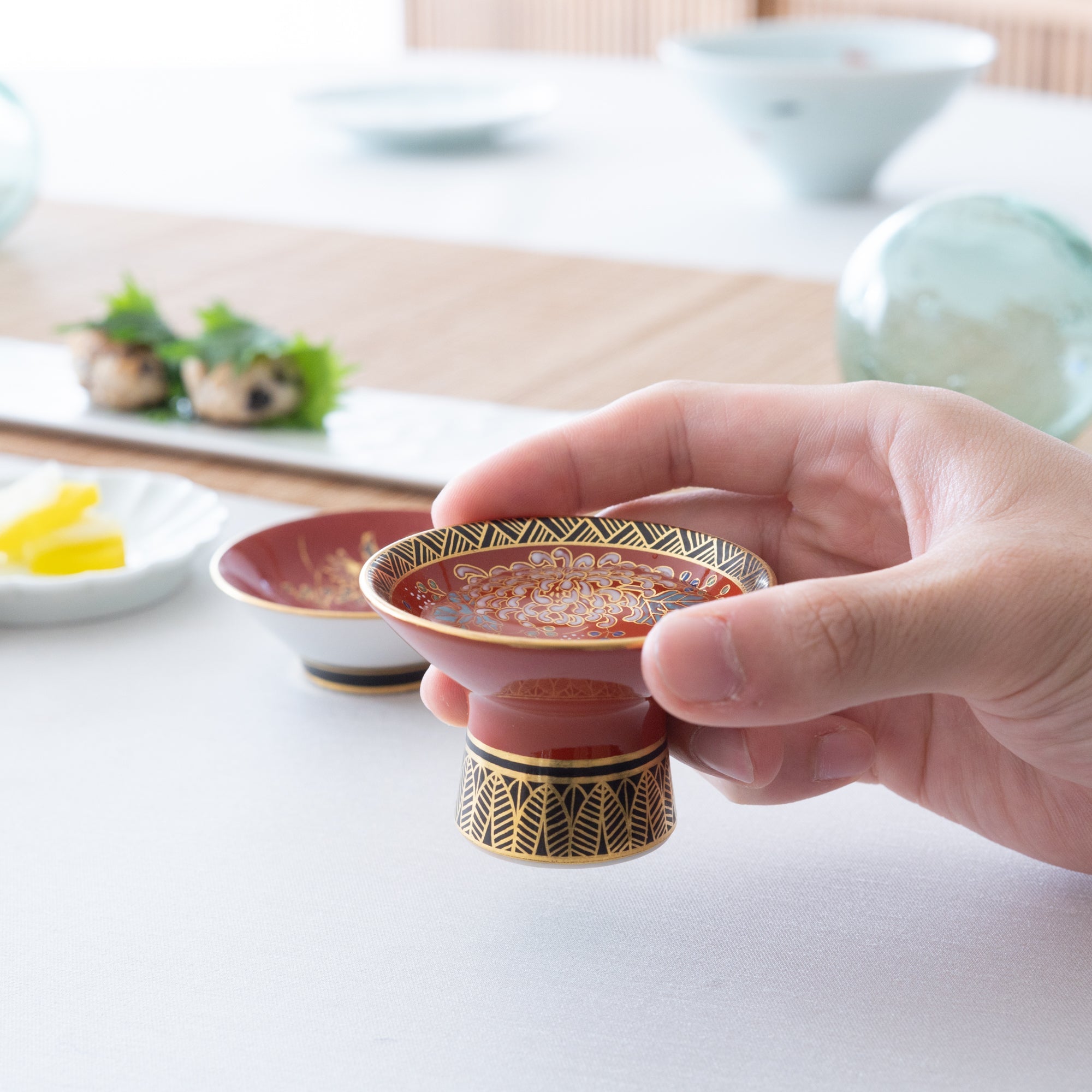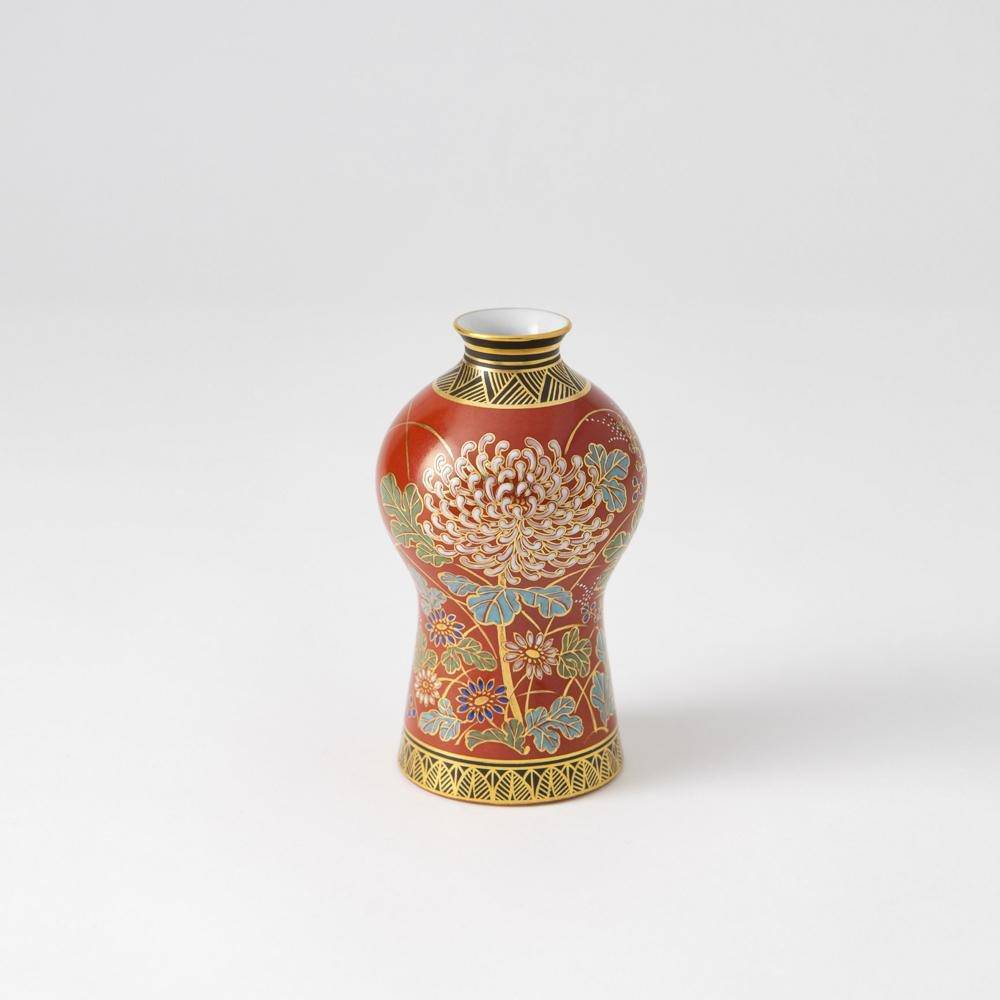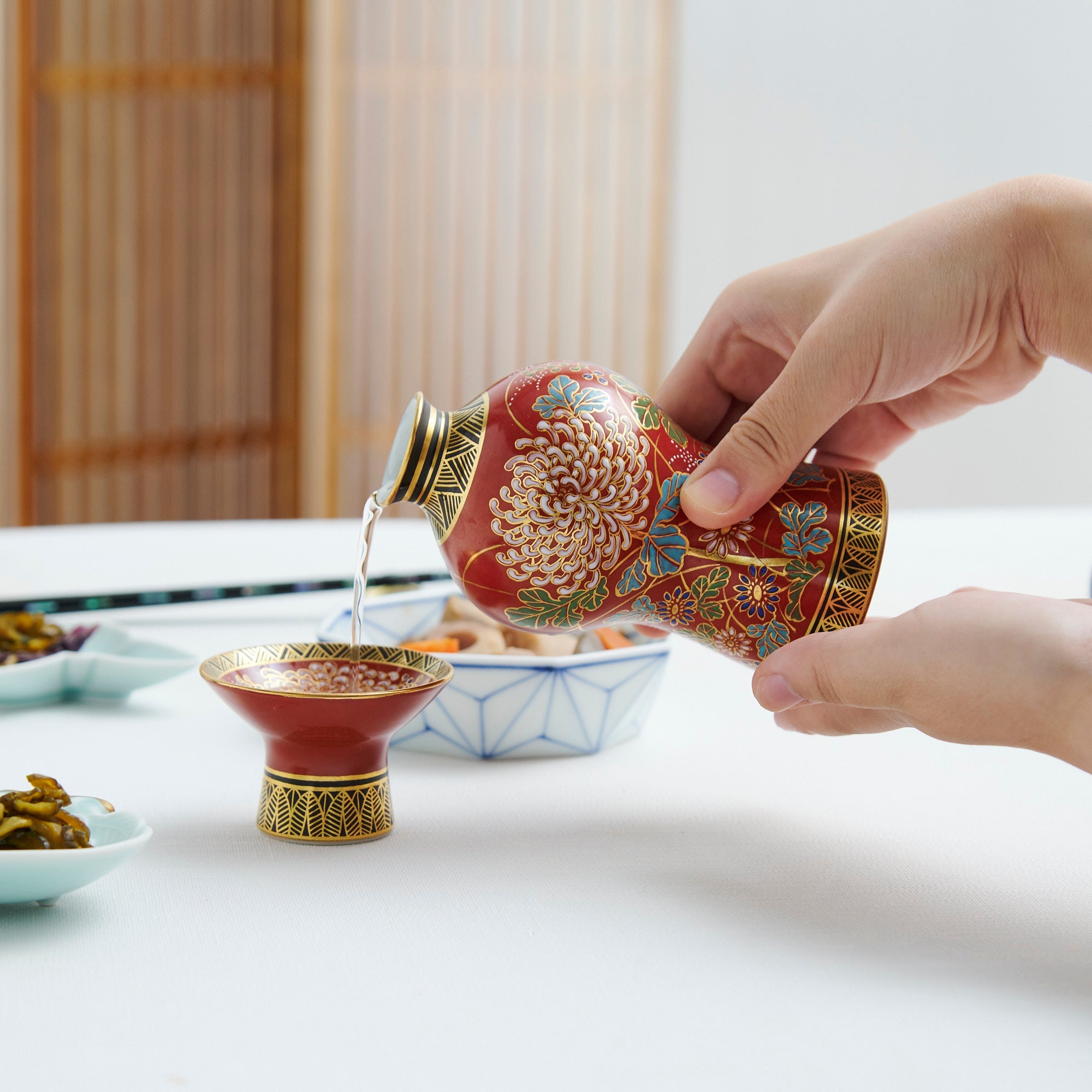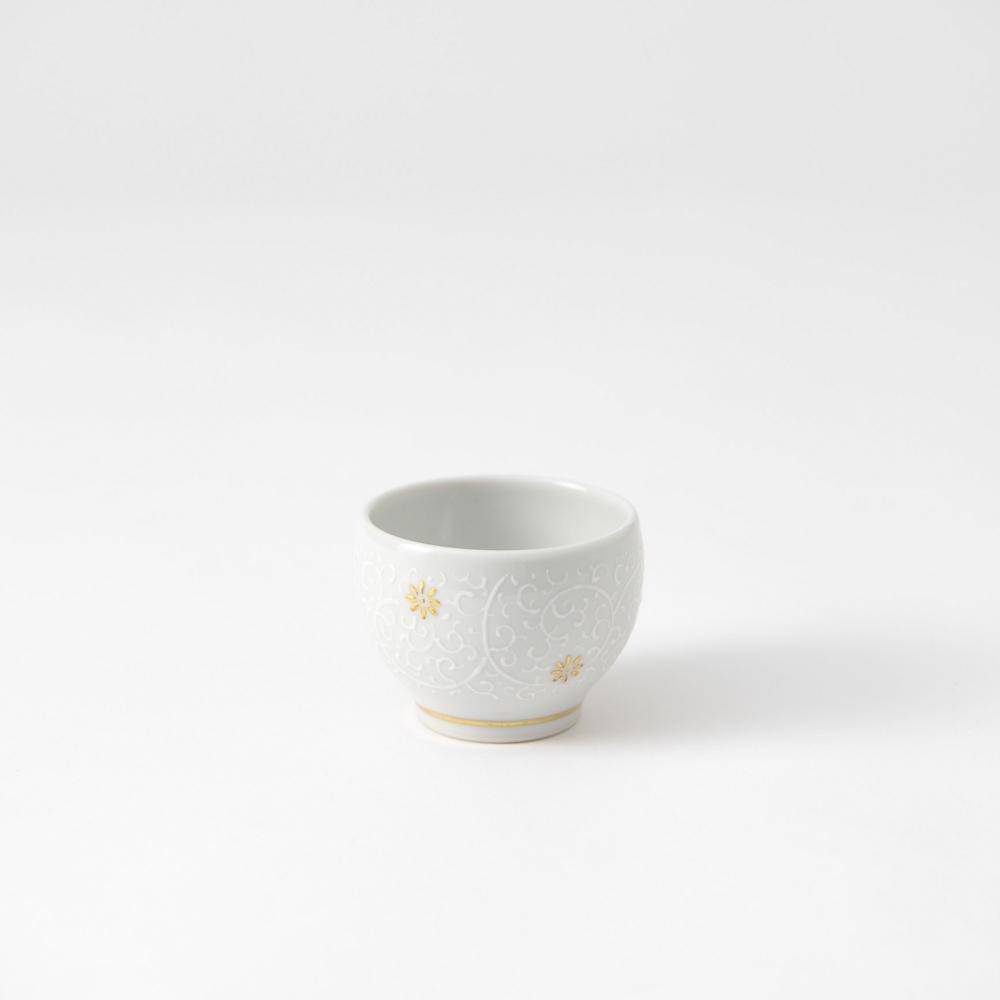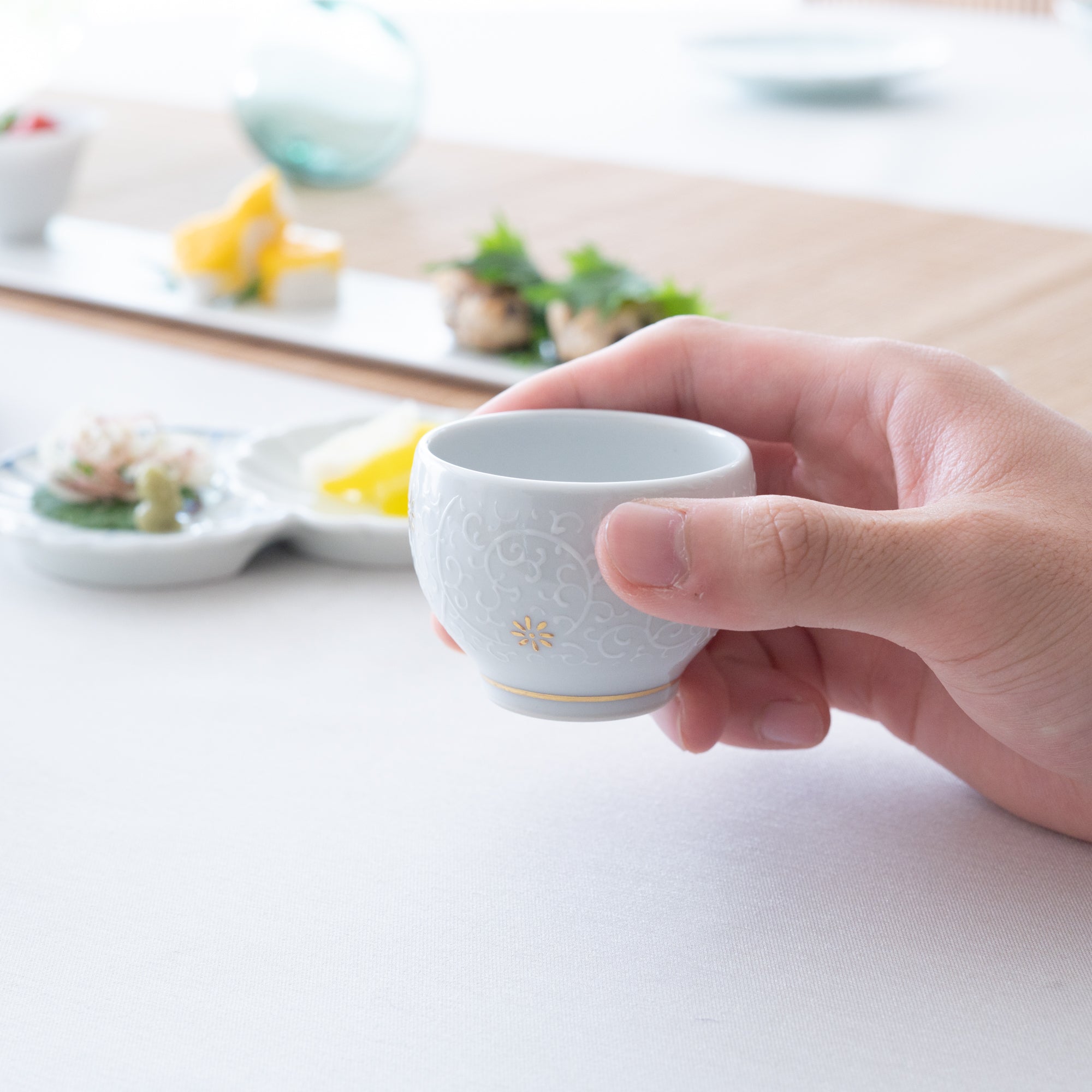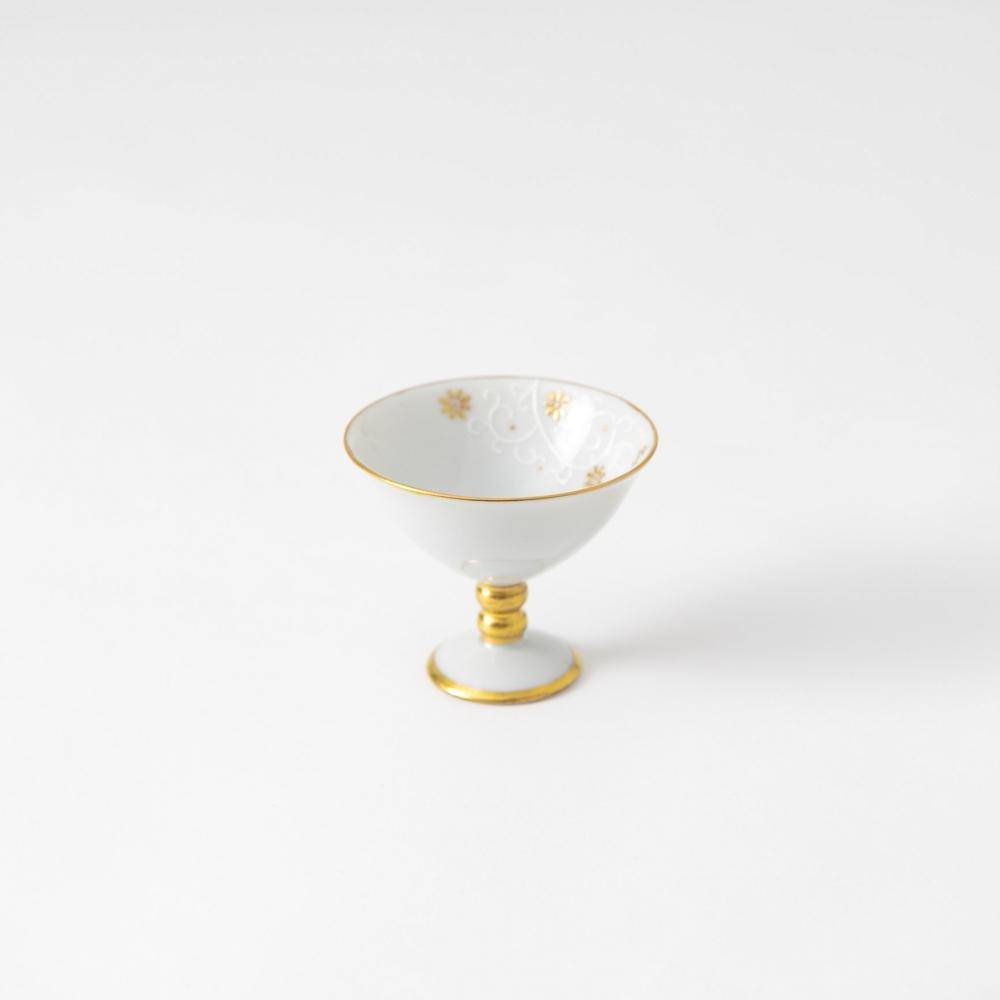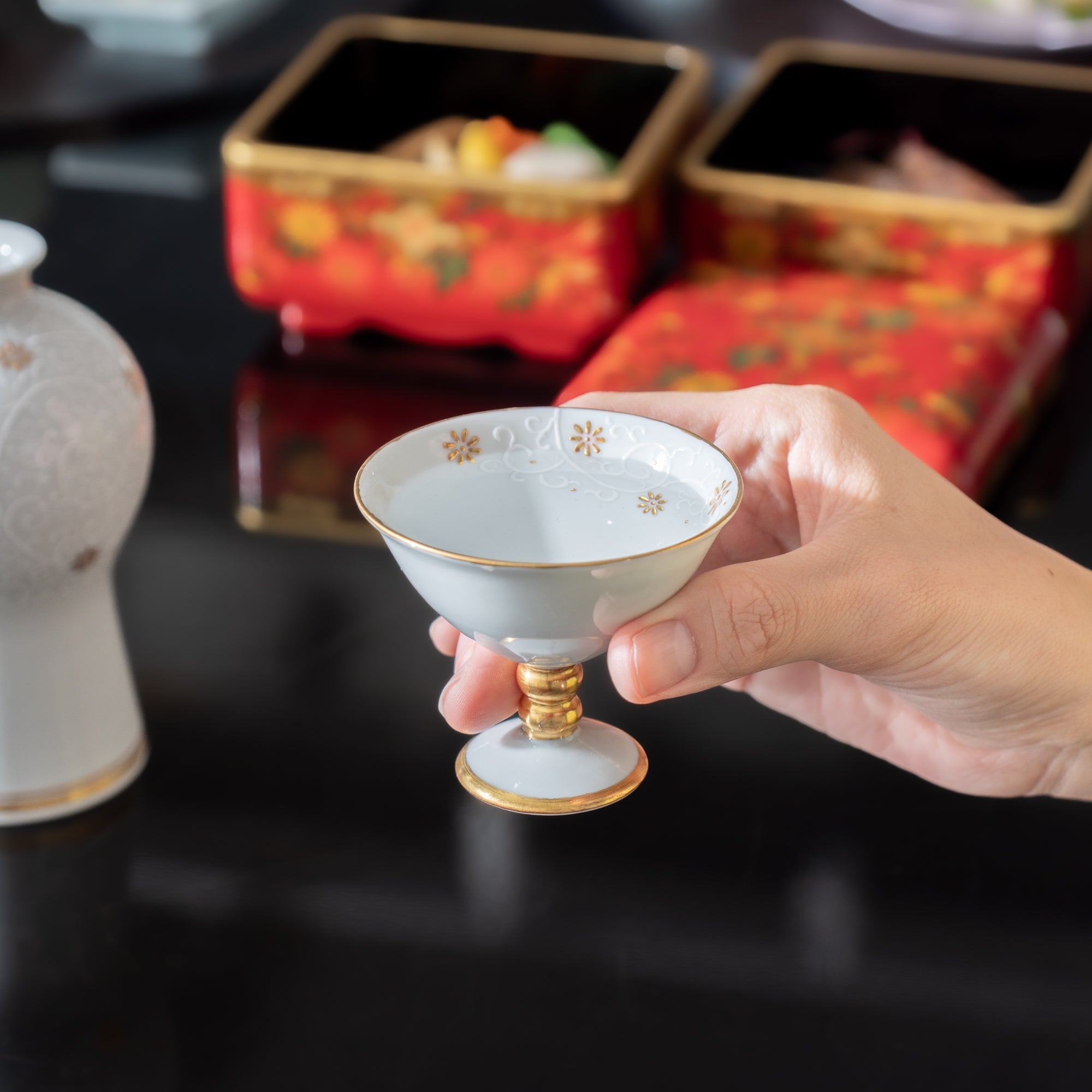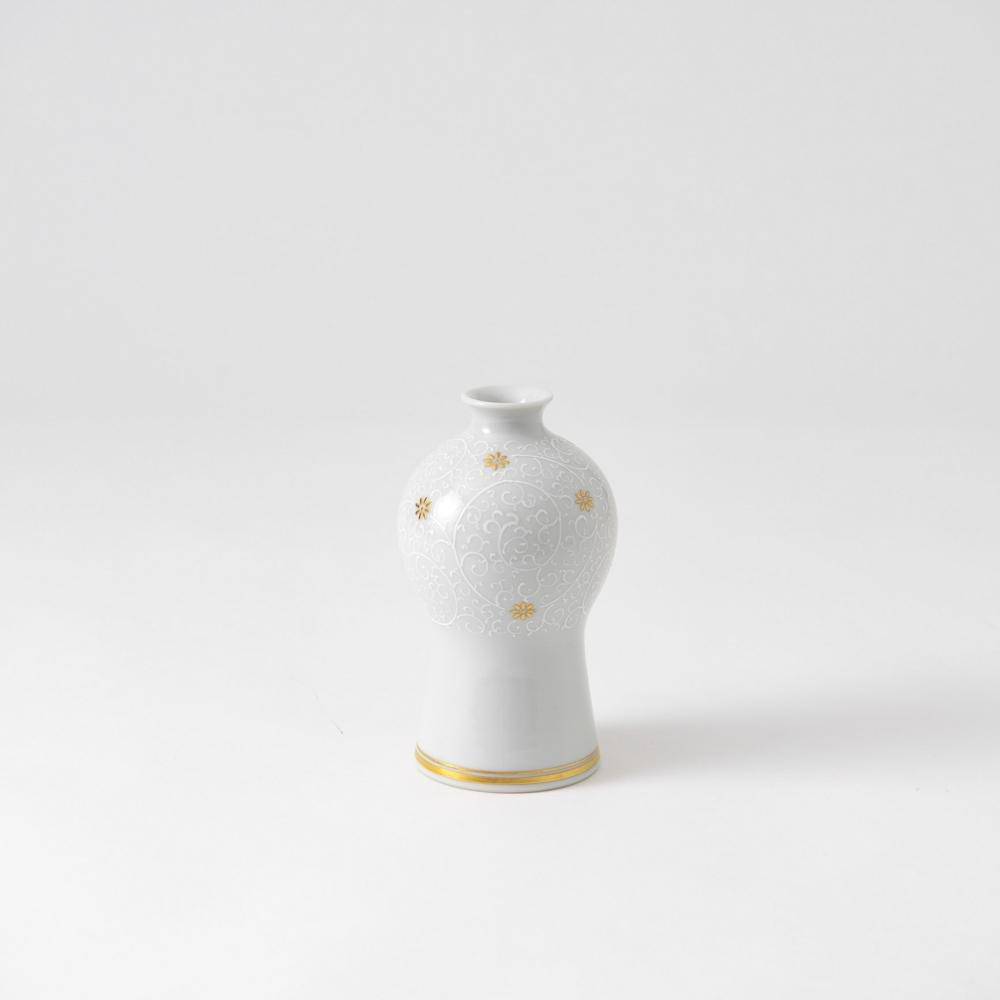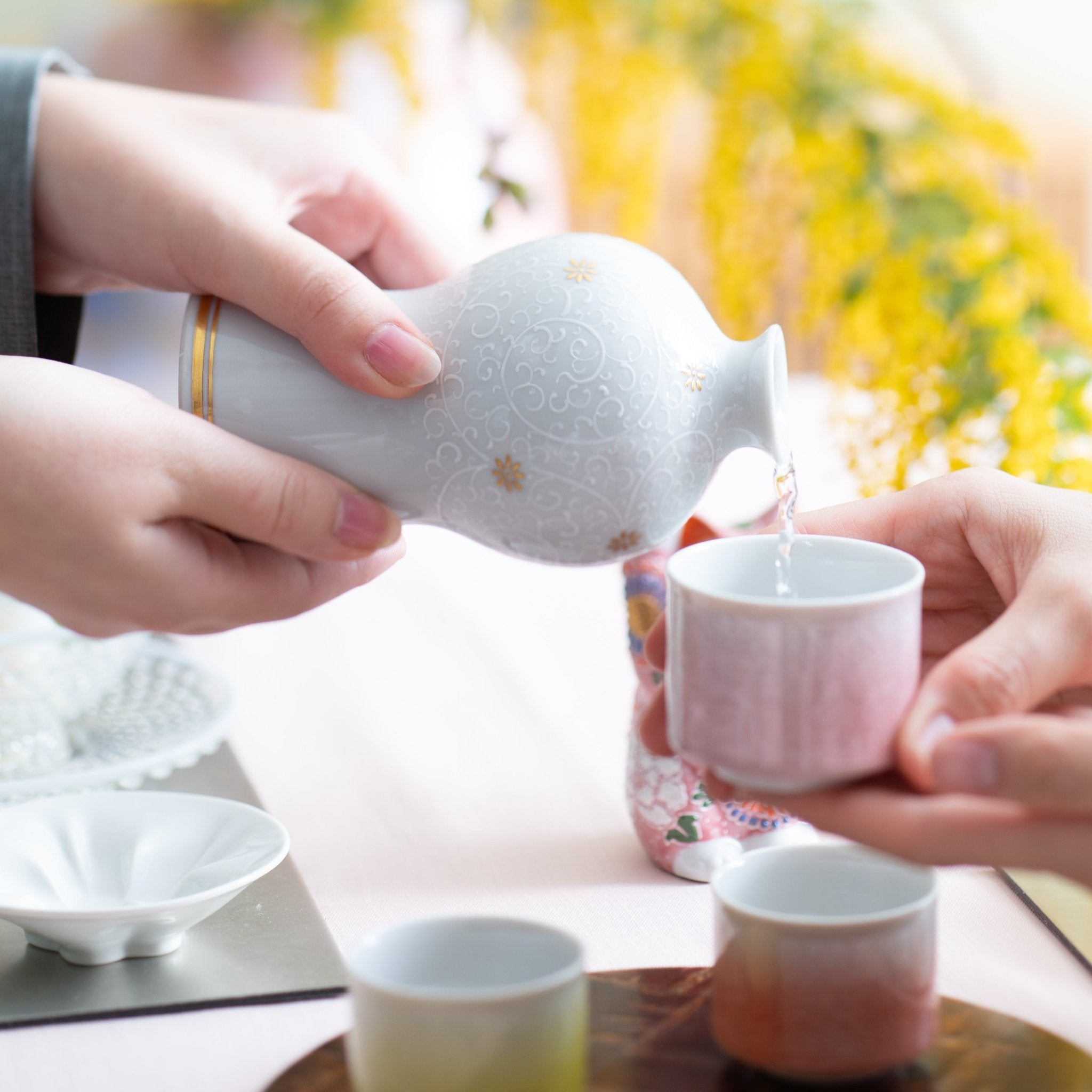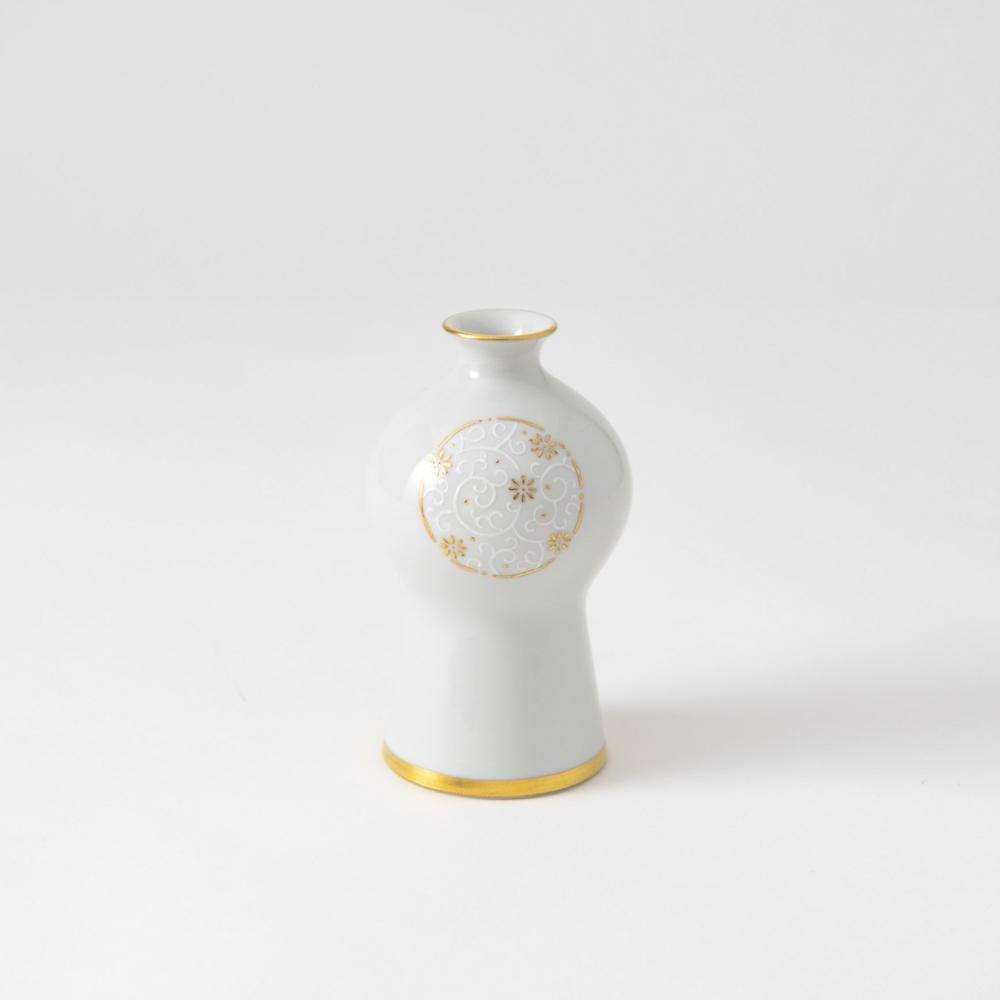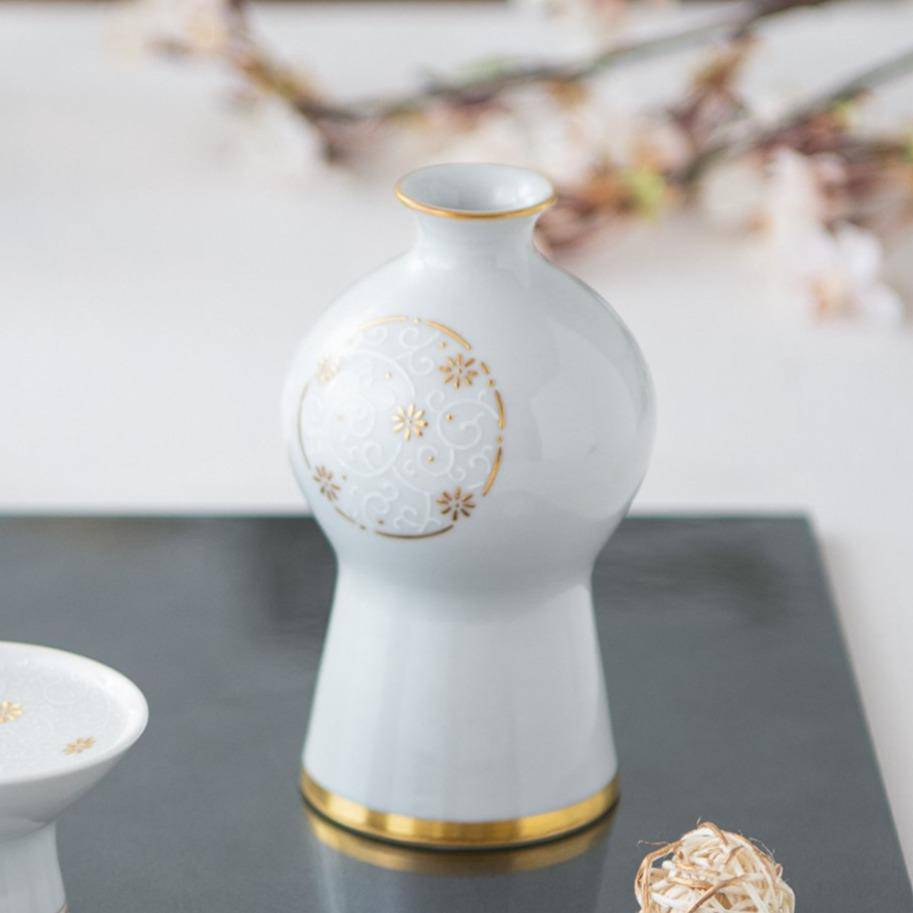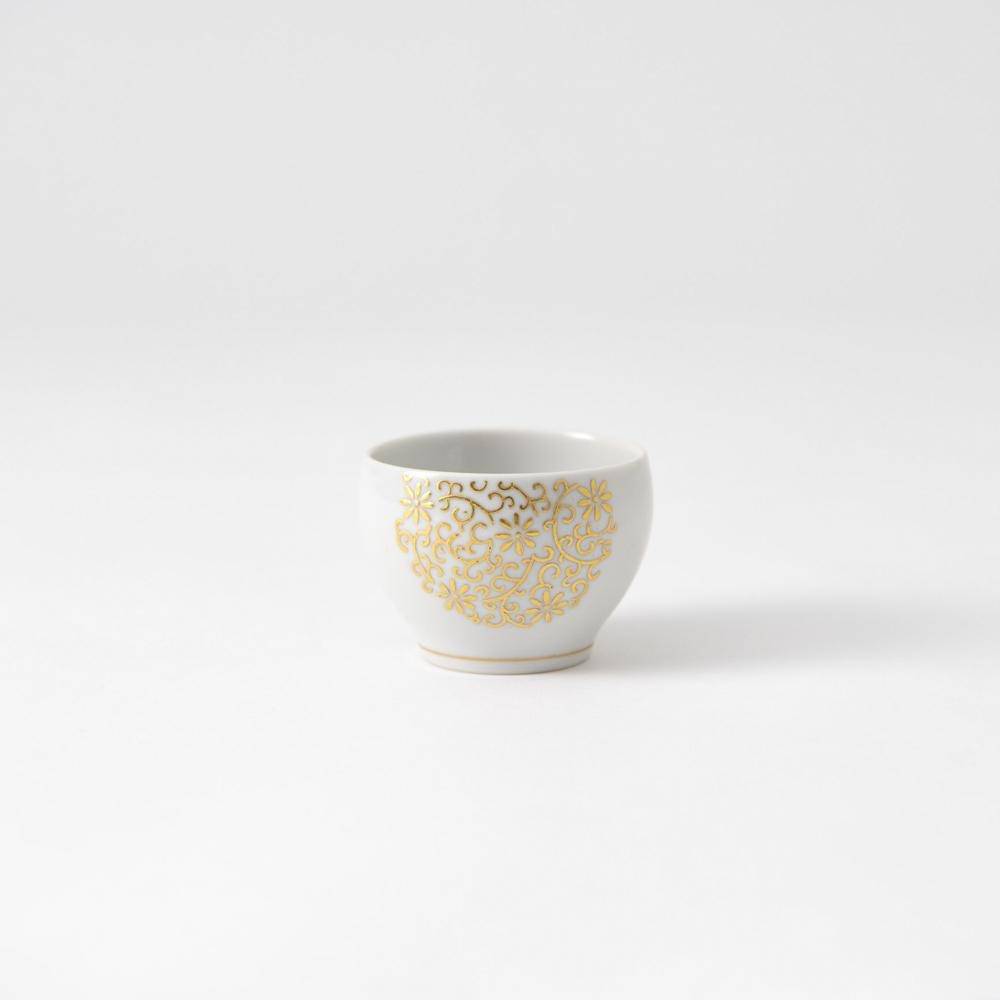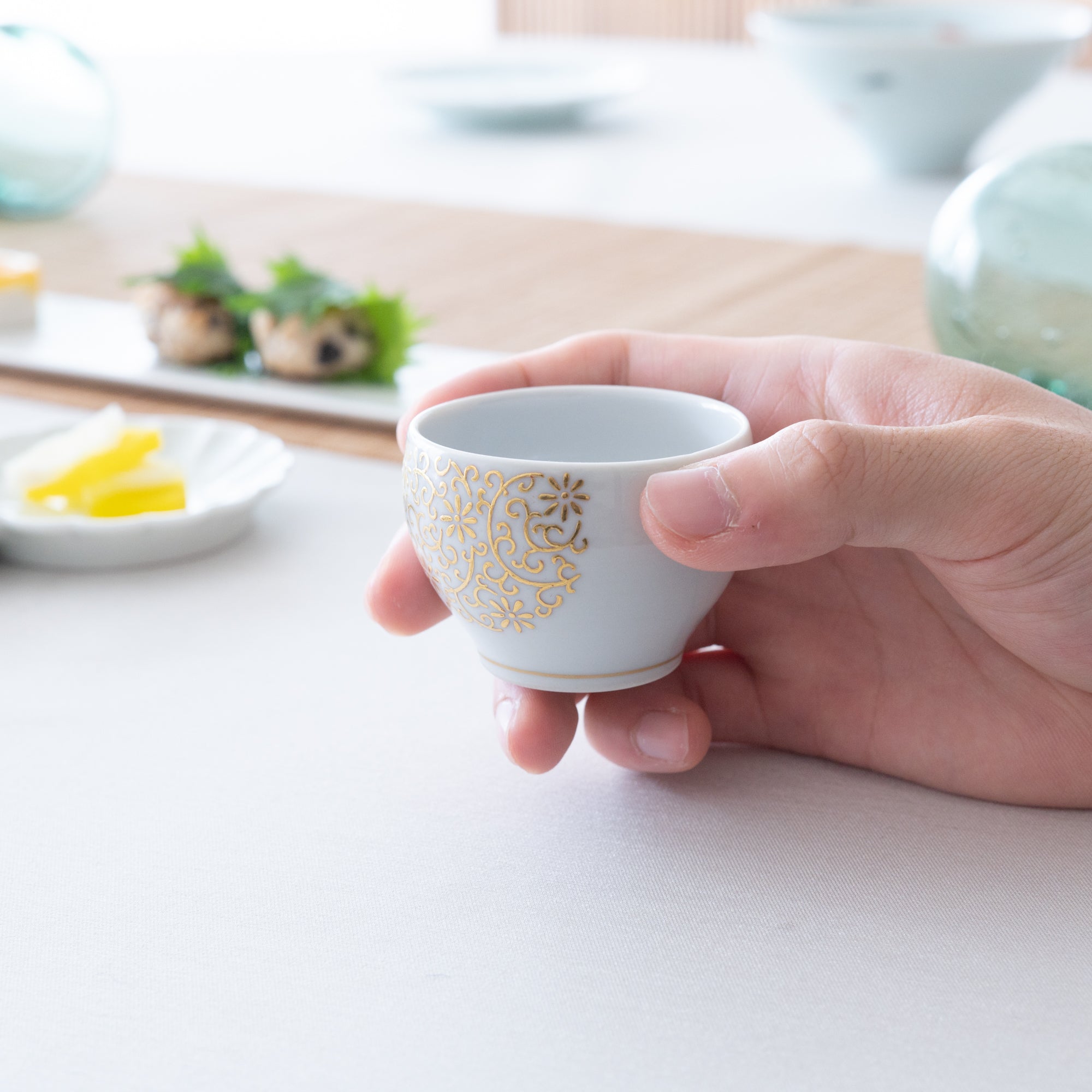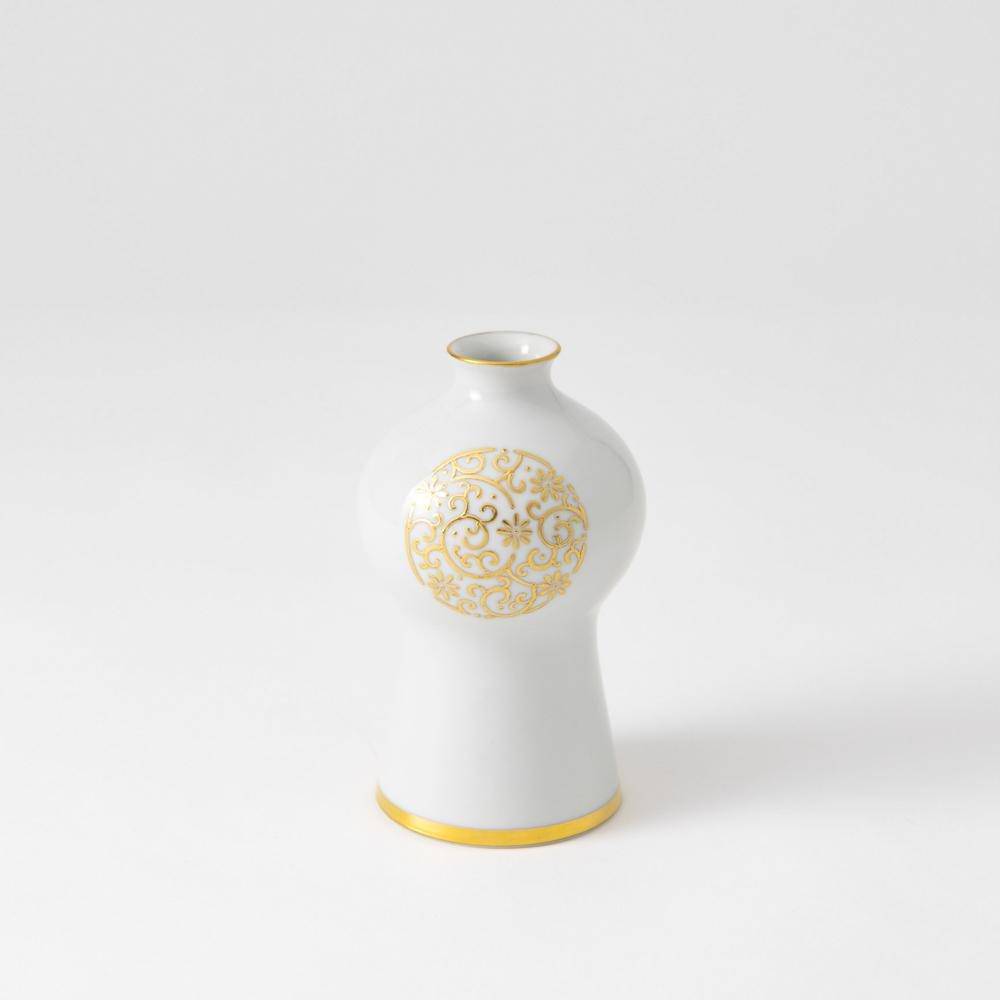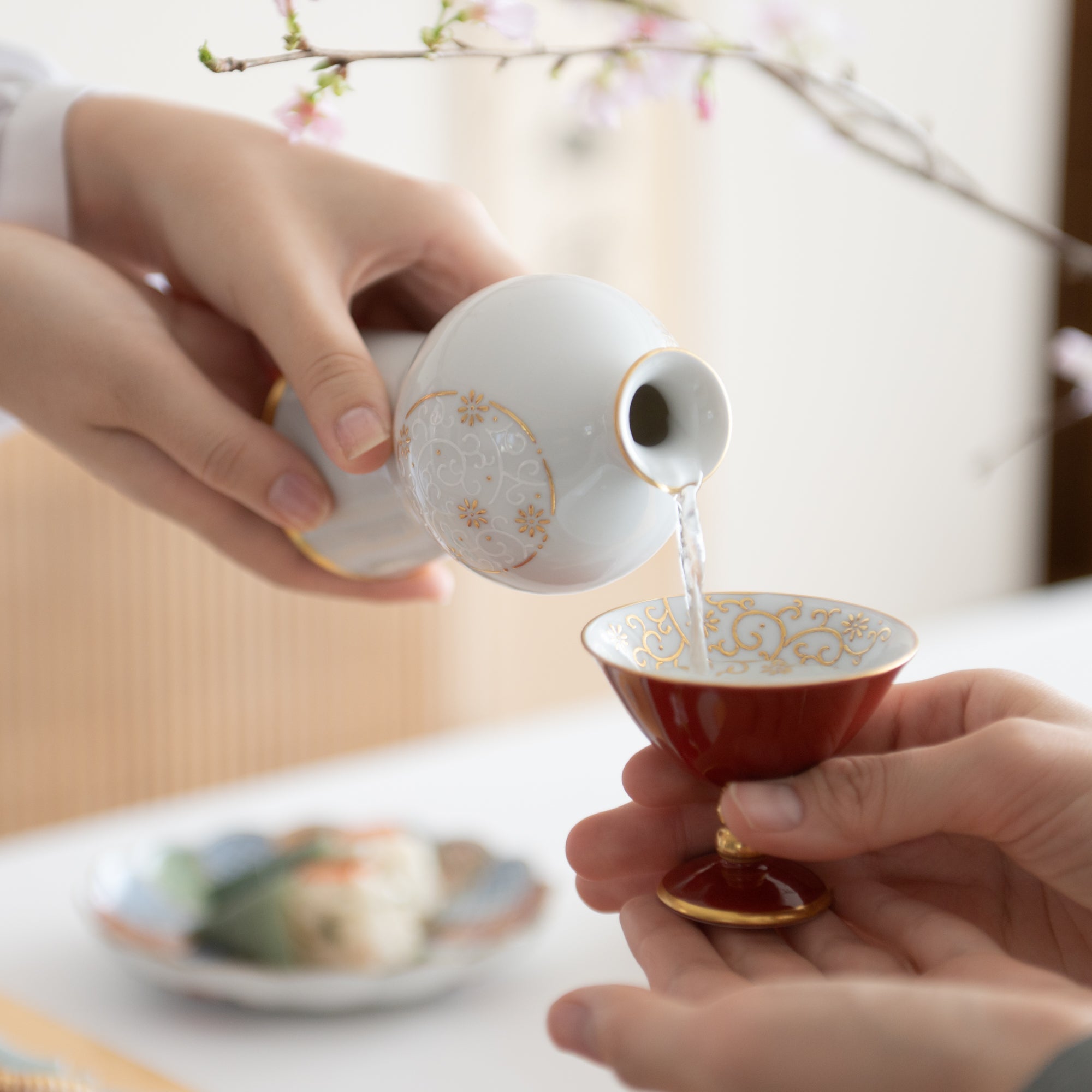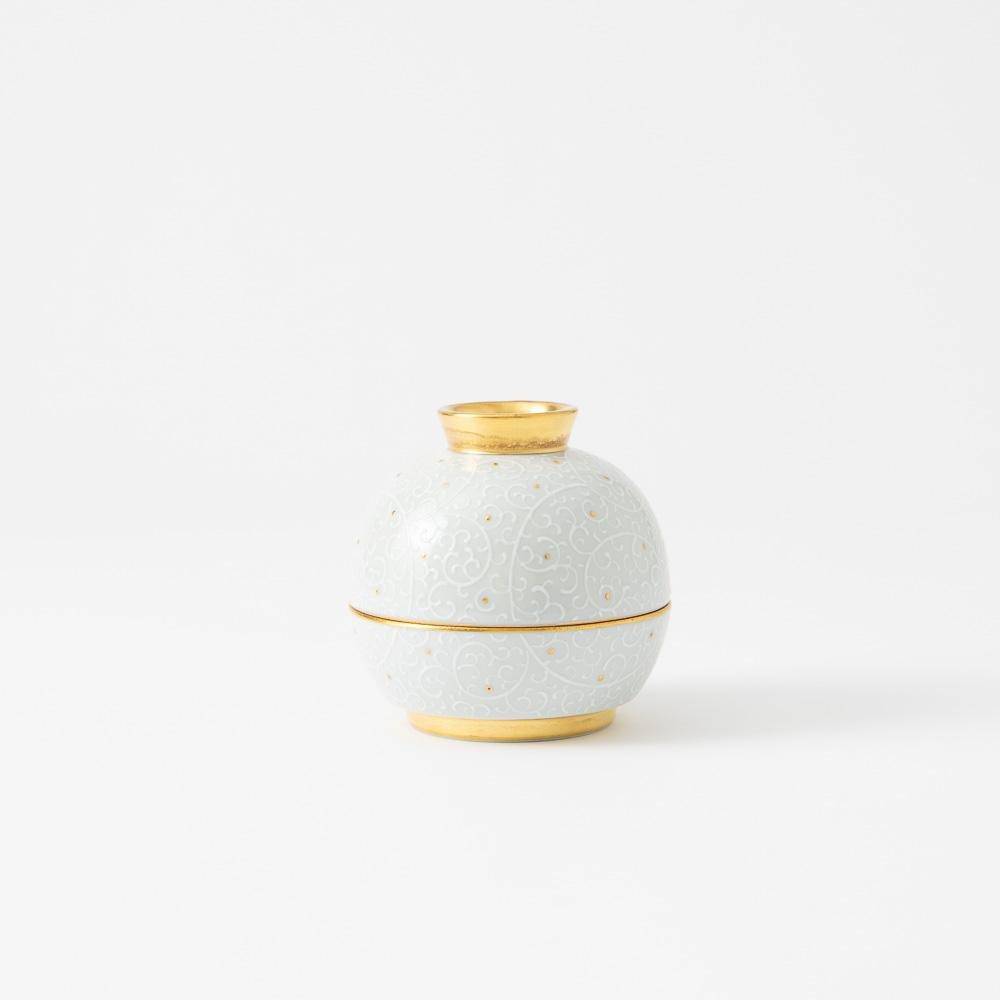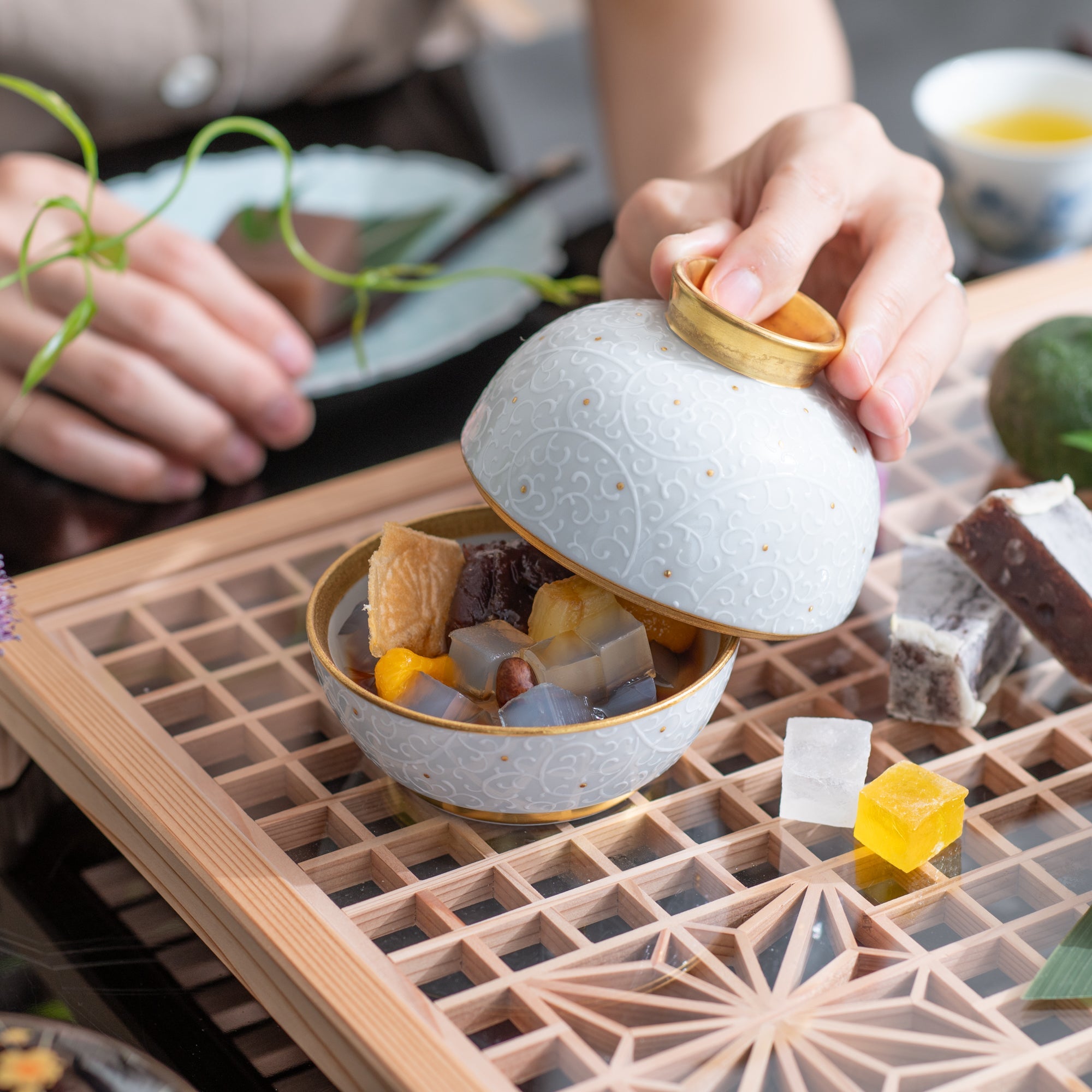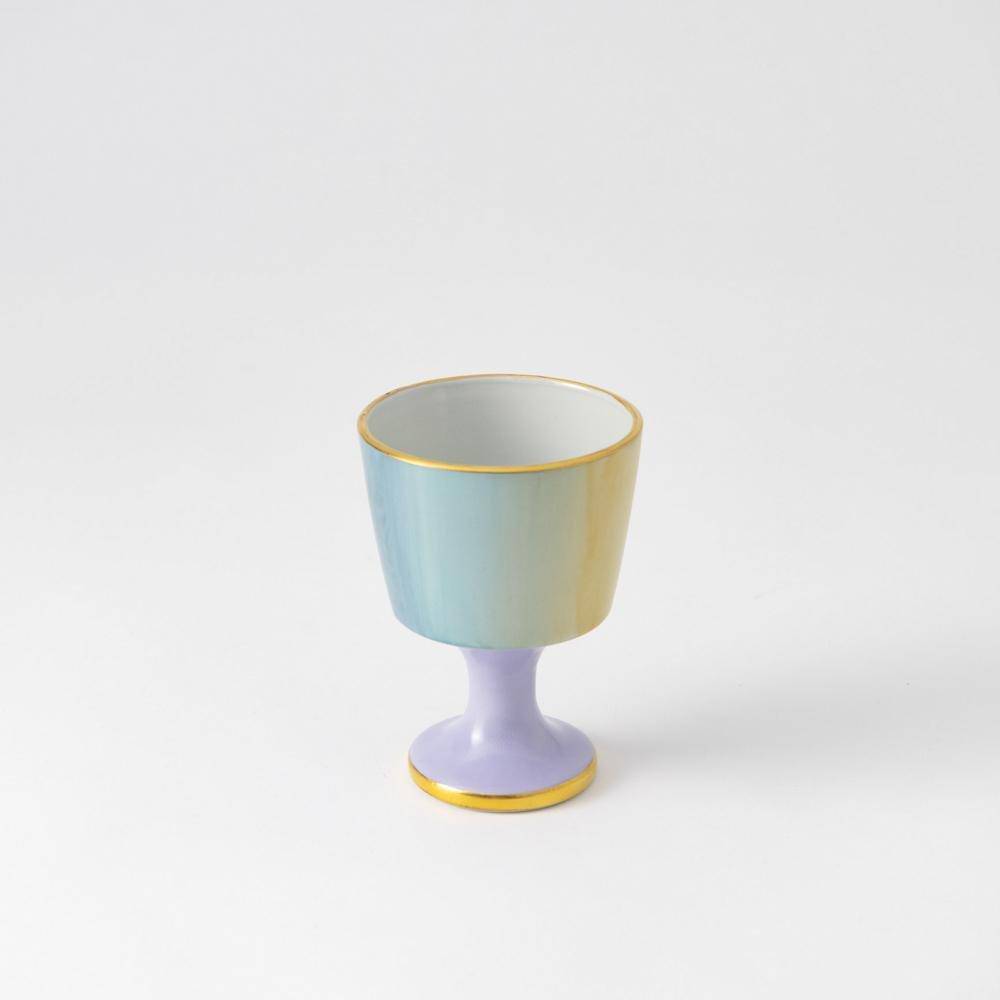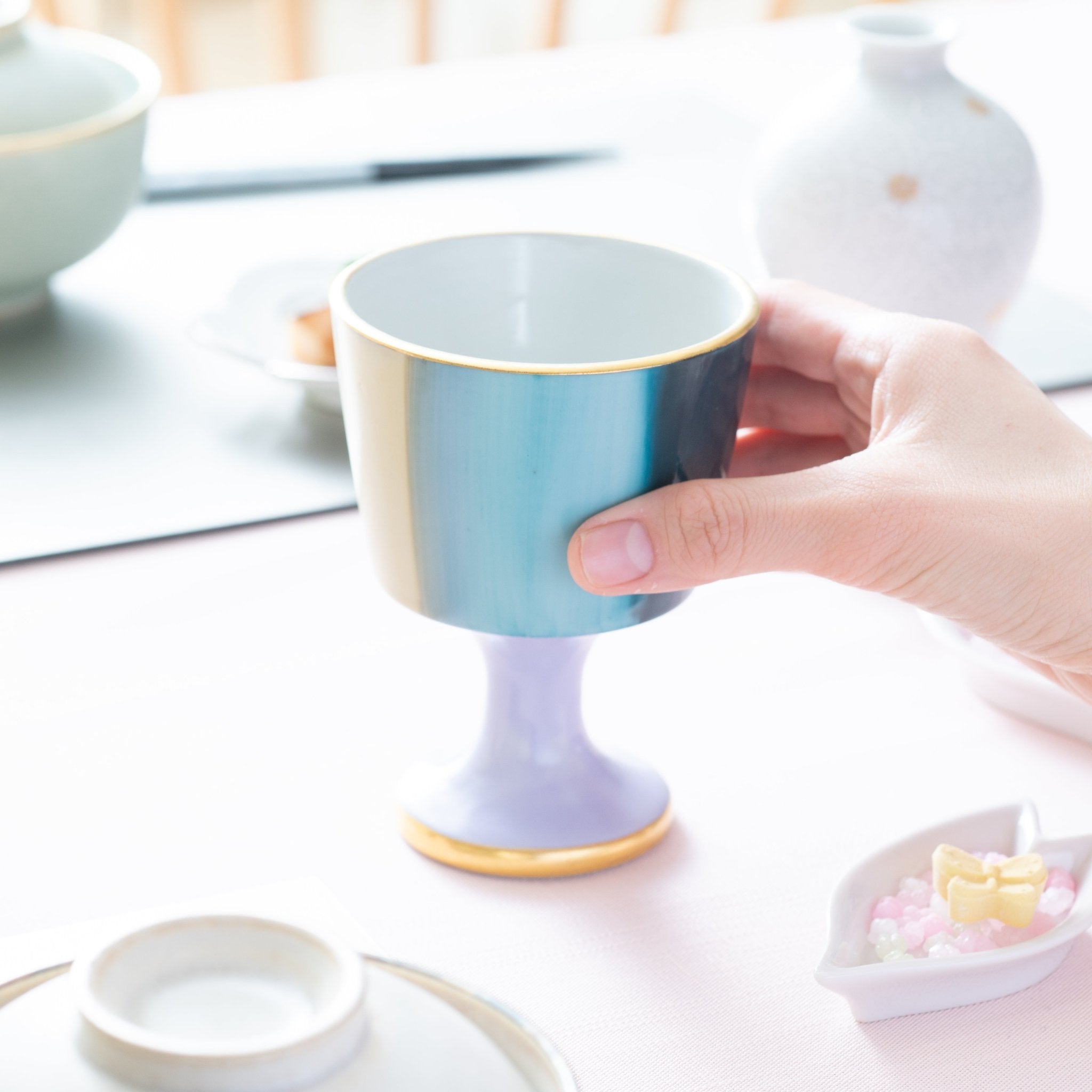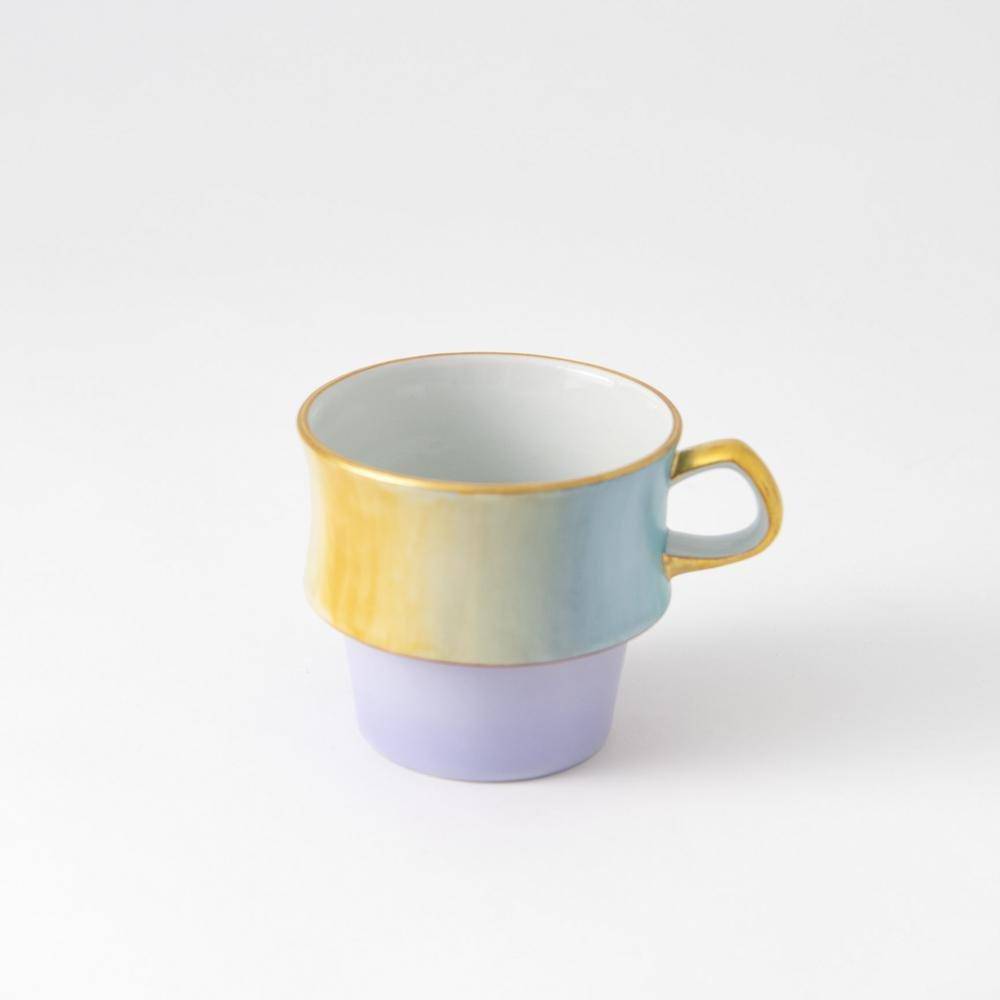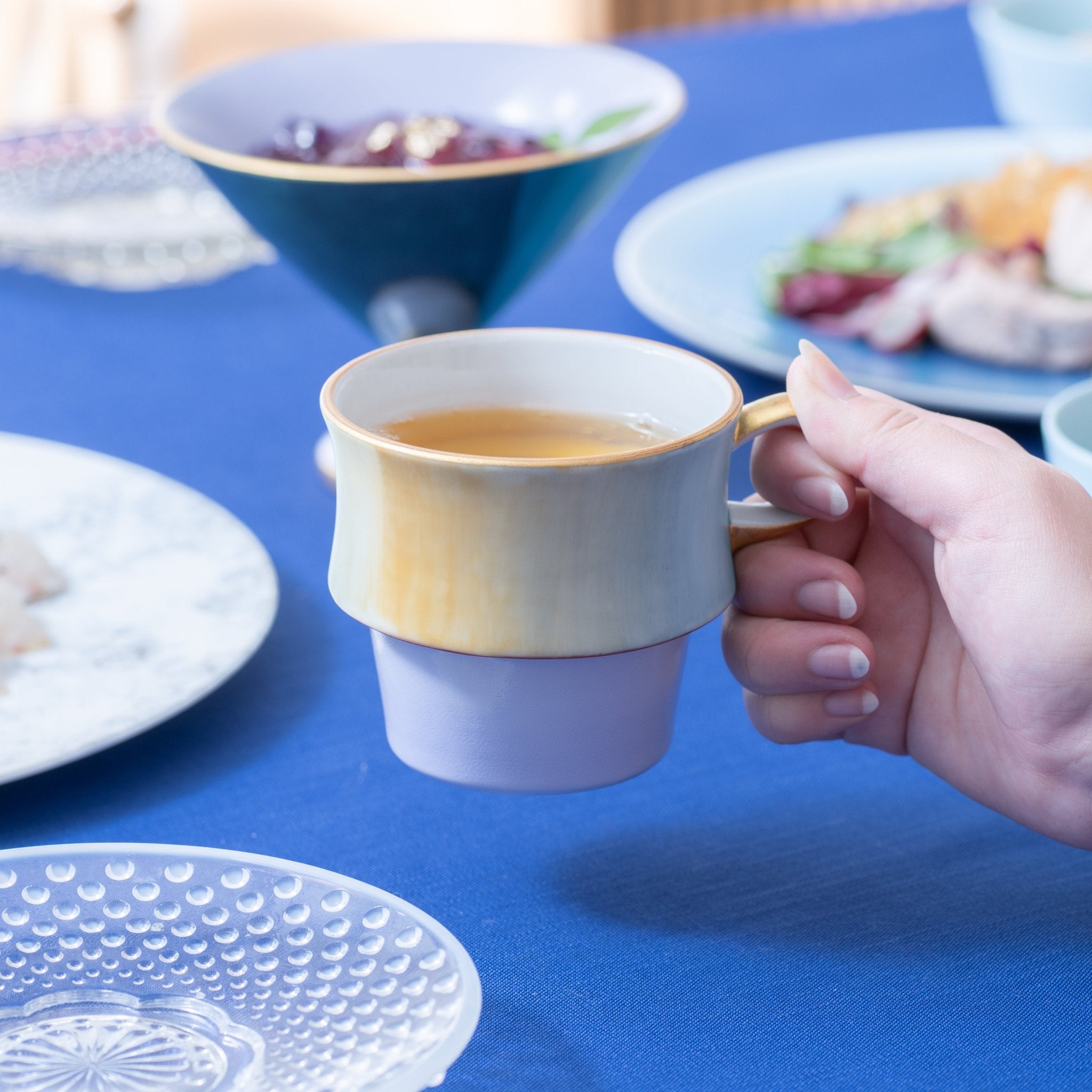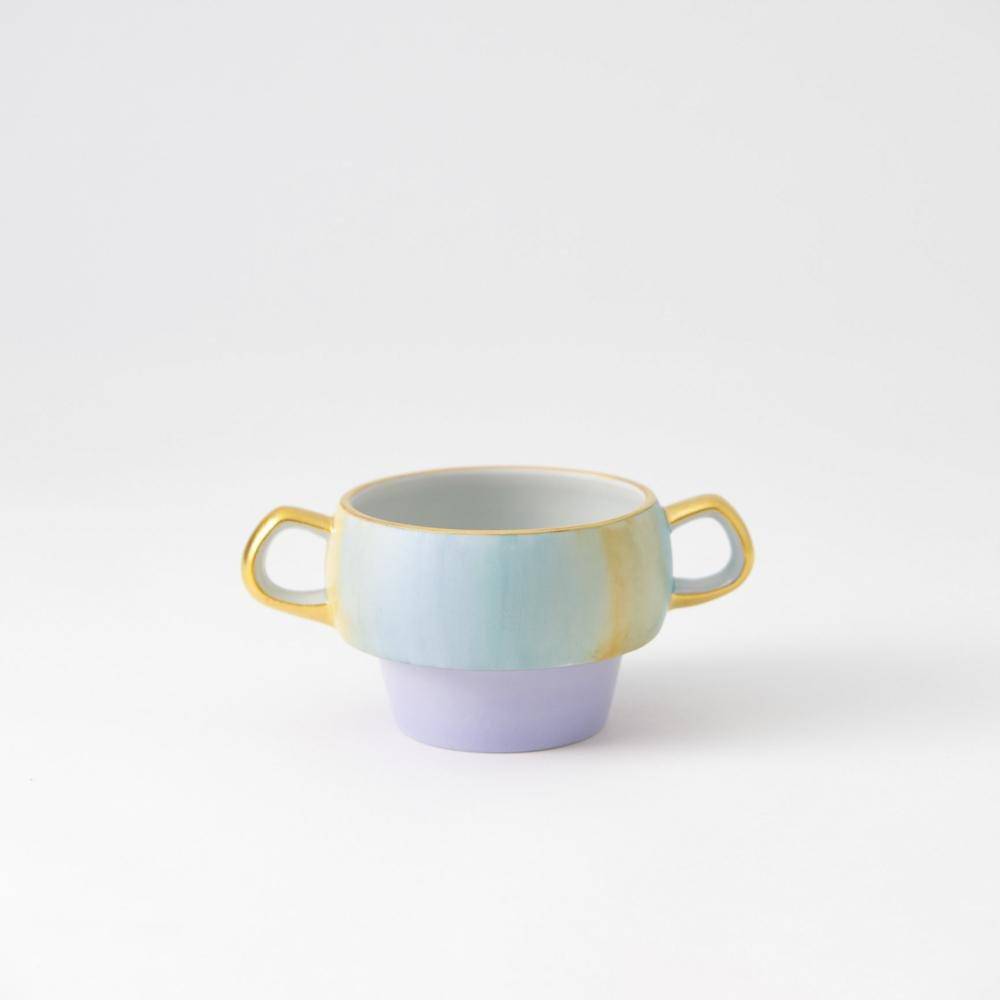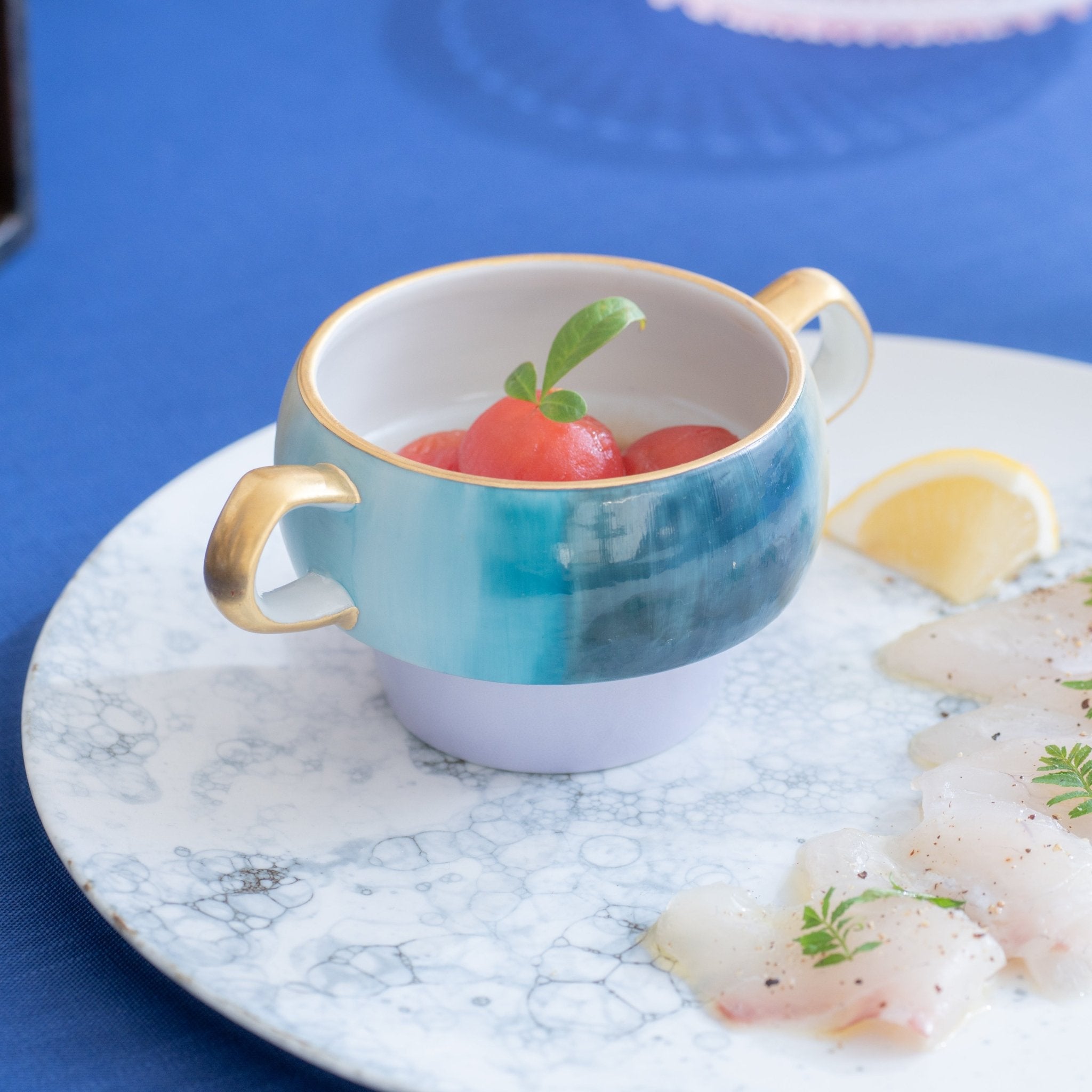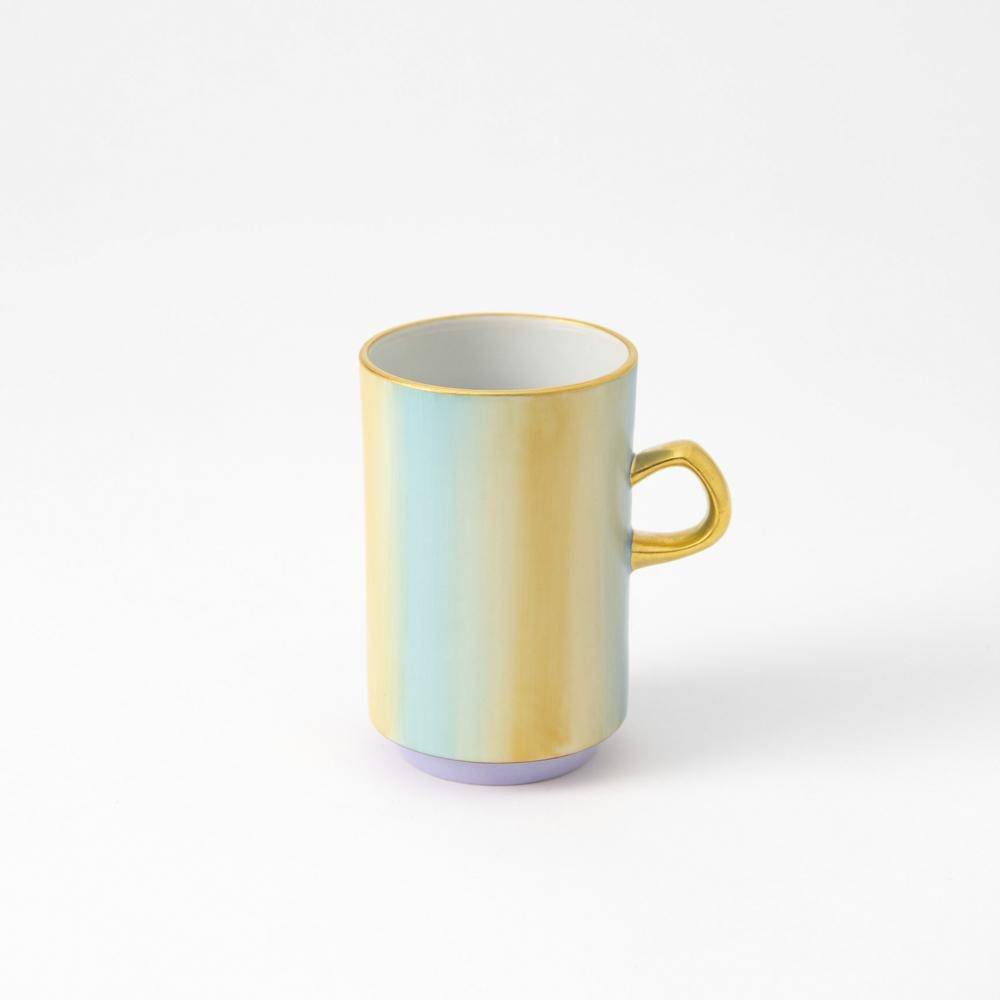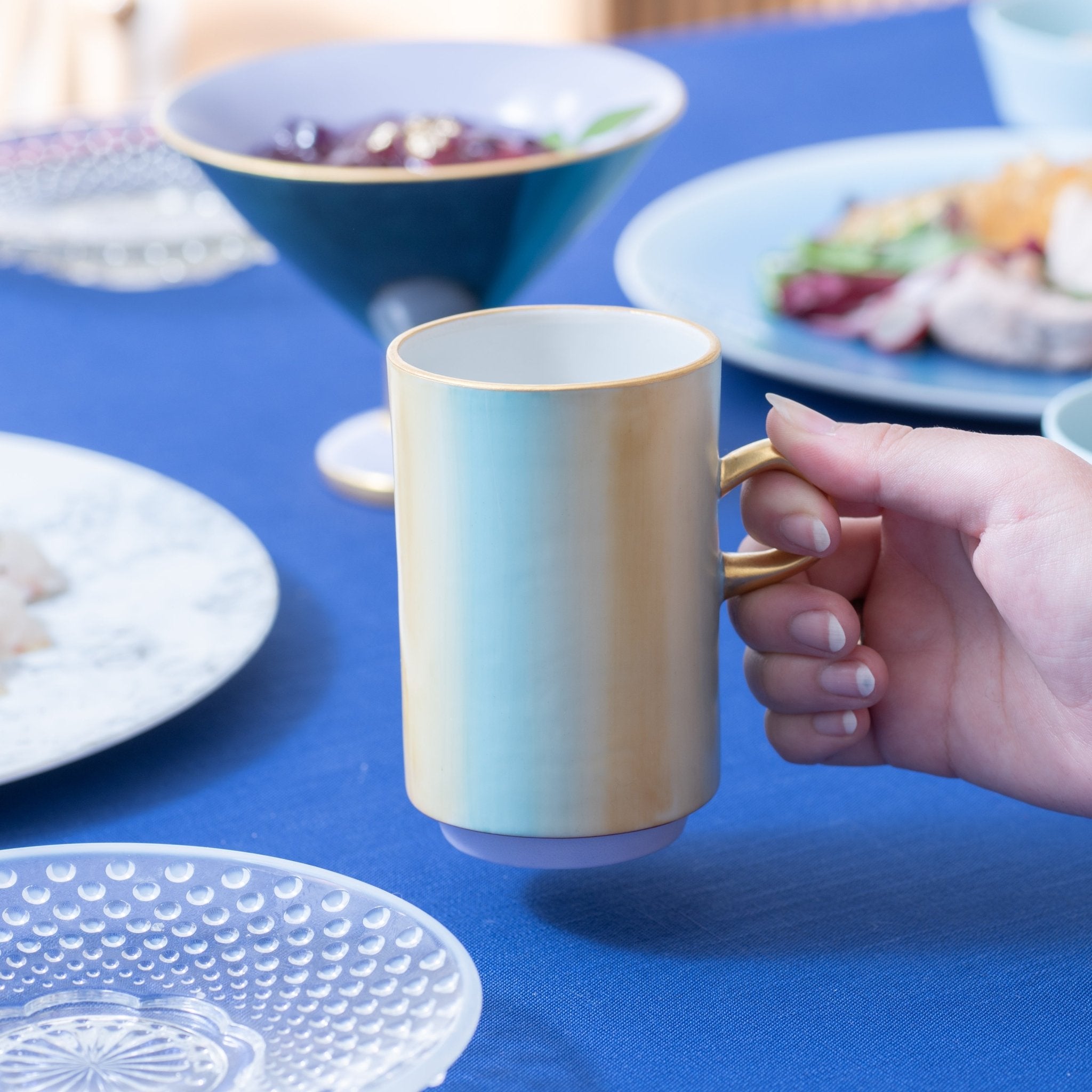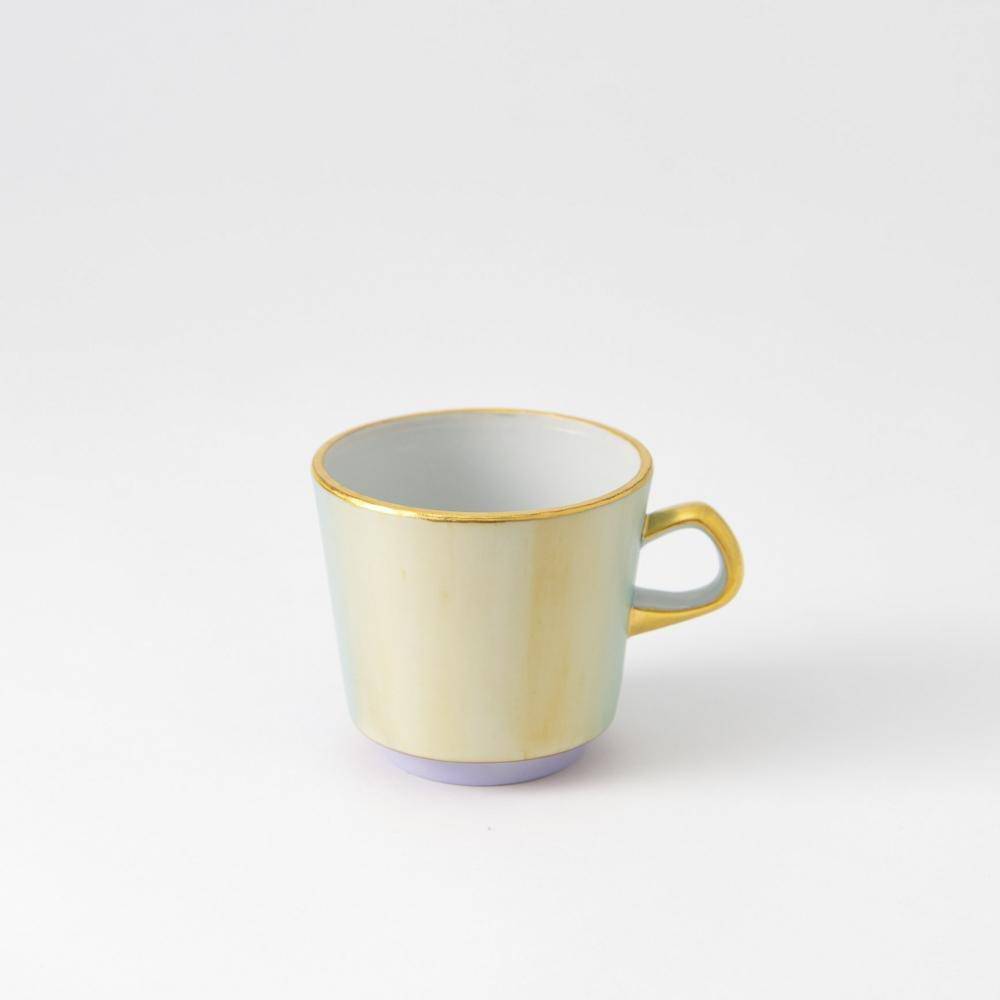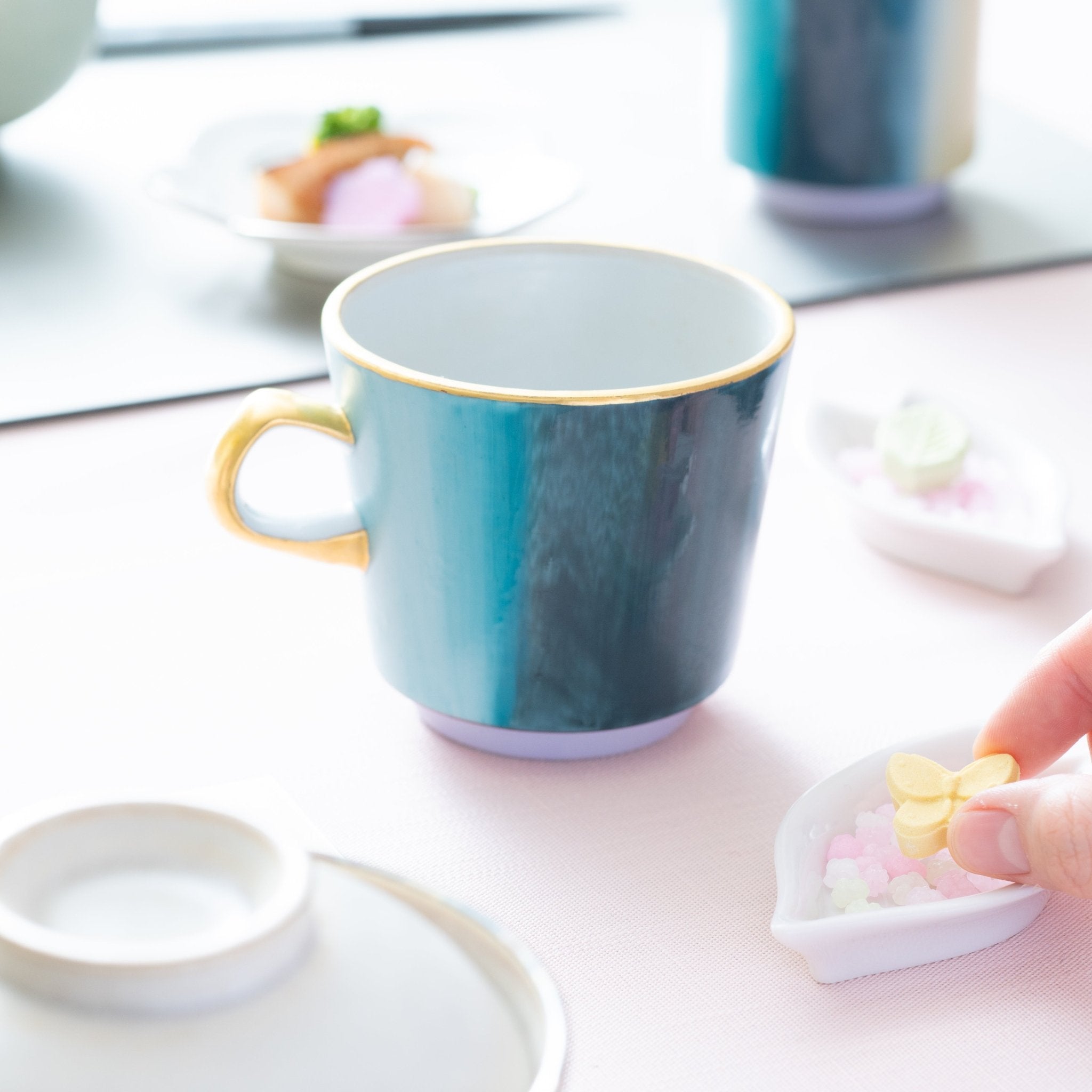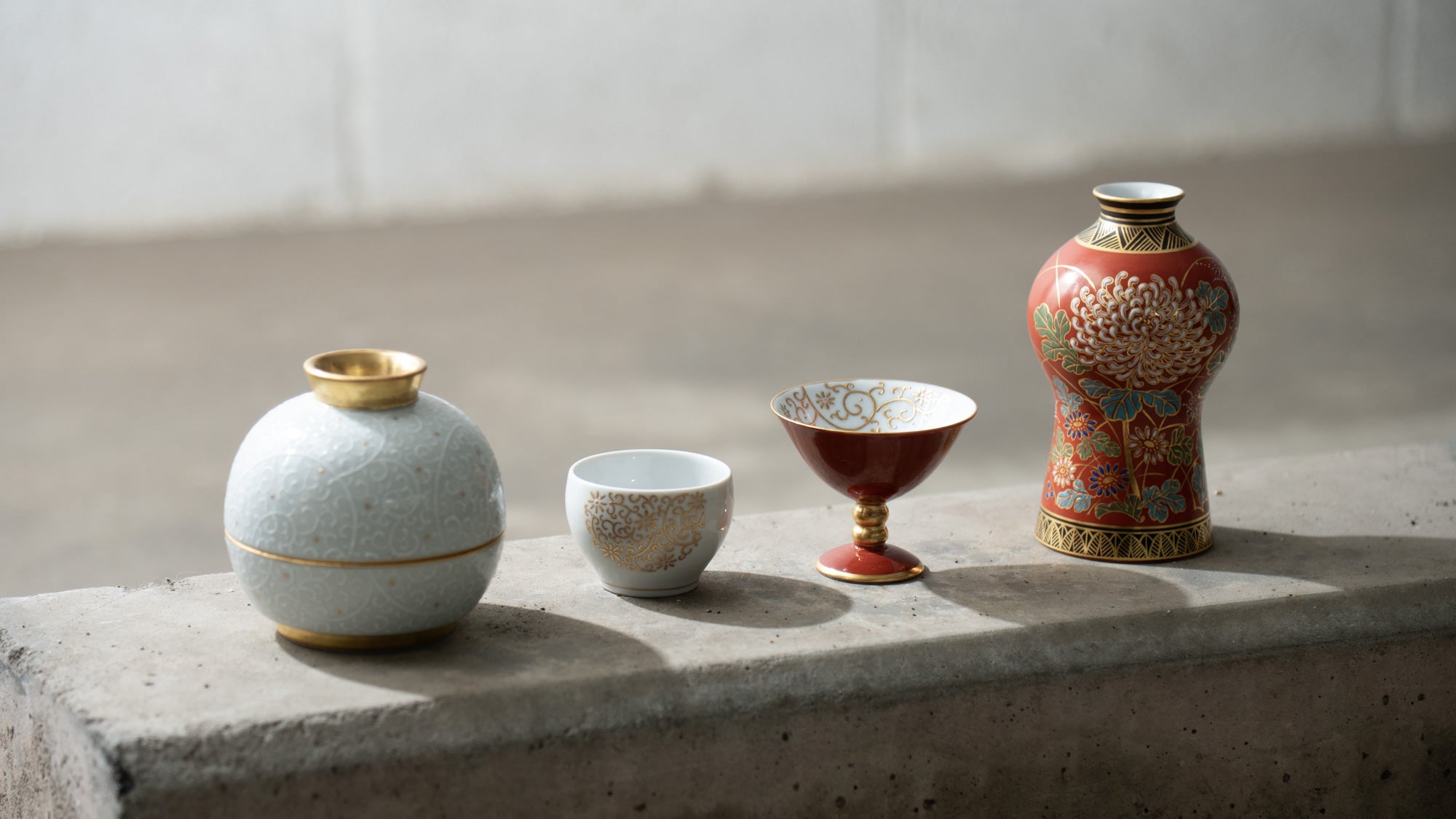
Kinzan Kiln
Kinzan kiln was established in 1906 and has continued to produce Kutani ware for about 110 years. Among the traditional techniques of Kutani ware, the Kiln especially excels in Kinsai, glaze painting with gold. In addition to the traditional techniques and innovative trials by artists, Kinzan kiln continues to create a new world of colorful Kutani ware by exploring various techniques and materials.
Once you see one, you will probably never forget it.
The colors are as vivid as a watercolor painting and the artisanship is incredibly exquisite.
These beautiful pieces are all Kutani ware from the “Kinzan Kiln”. They are absolutely beautiful in photographs, but when you see the pieces in person, you will be impressed by the delicate brilliance of the gold and the refined texture of the paint and porcelain themselves.
Although their products make you feel special when you use them at your table, they make your space more attractive when you display them.
You will feel as if you have acquired a one-of-a-kind work of art that is beautiful both to use and to display.
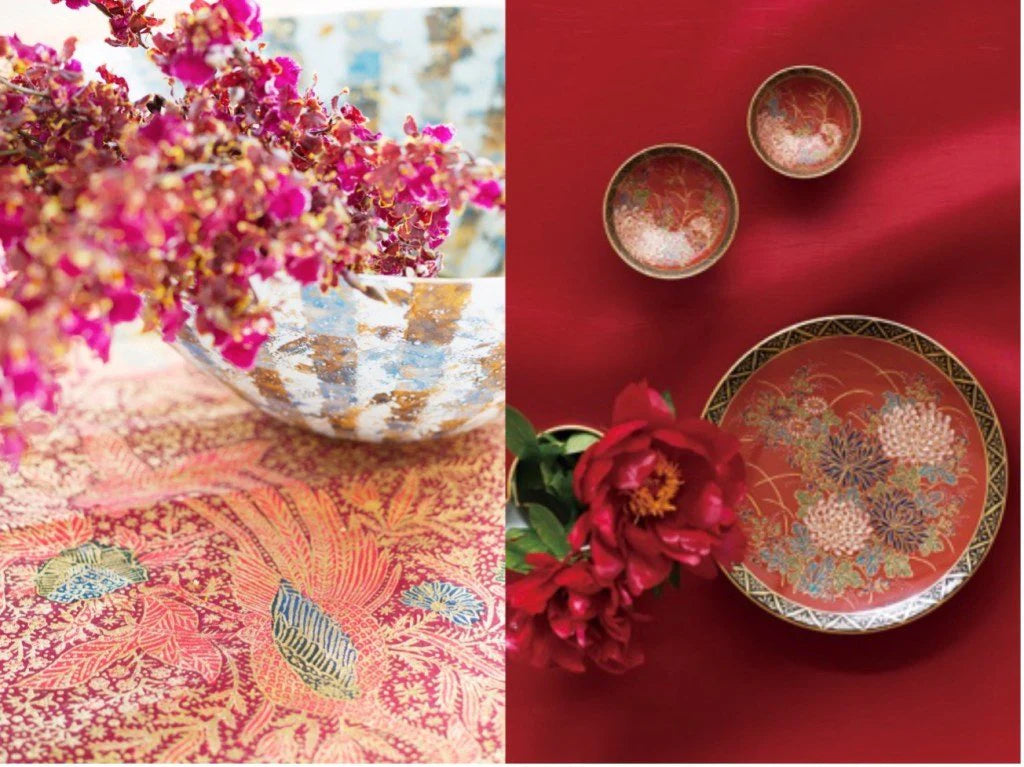
In the traditional craft world of Japan, where “Wabi-Sabi” * are highly valued, color is not much preferred. Especially in ceramics and porcelain, most works make use of the characteristics of the clay, and it is very rare to use many different colors, such as Kutani ware, which uses colored paintings on white porcelain.
So, from the perspective of such a general traditional craft, their works are quite unique.
“But this is what makes us unique. I want to show the beauty of the colorful and gold Kutani ware has while using traditional techniques.” Said Mr. Yukio Yoshita, the fourth generation of Kinzan Kiln.
* Wabi-Sabi is the word to appreciate Japanese aesthetic sensibilities, which represents “beauty within simplicity and imperfection.
Kinzan Kiln is specializing in Kutani ware overglaze painting, located in Takado-cho, Komatsu City, Ishikawa Prefecture. It was established in 1906 by Shosaku Yoshida, the first generation of the family, and has continued to produce Kutani ware for about 110 years.
At Kinzan Kiln, Mr. Yukio’s wife, Rumiko, and the third-generation potter, Mr. Minori, who is Yukio’s father, are working on the porcelain. Mr. Minori is a master of “Yuri Kinsai” (gold glazing with underglaze) and is one of the artisans certified as a living national treasure (designated by the national government as an important intangible cultural property holder).
The mainstream of Kutani ware is Kinrande, a decorative technique in which gold paint is baked onto the surface of the porcelain. Mr. Yukio also specializes in “Kinrande”, he layers and textures the colors and painstakingly draws the patterns one by one with a brush. Kinzan Kiln is rare among many kilns in that it has been manufacturing gold powder in-house for a long time.
They grind gold leaf into fine gold powder, a process called “Kinkeshi,” which produces finer and more colorful products than those on the market.
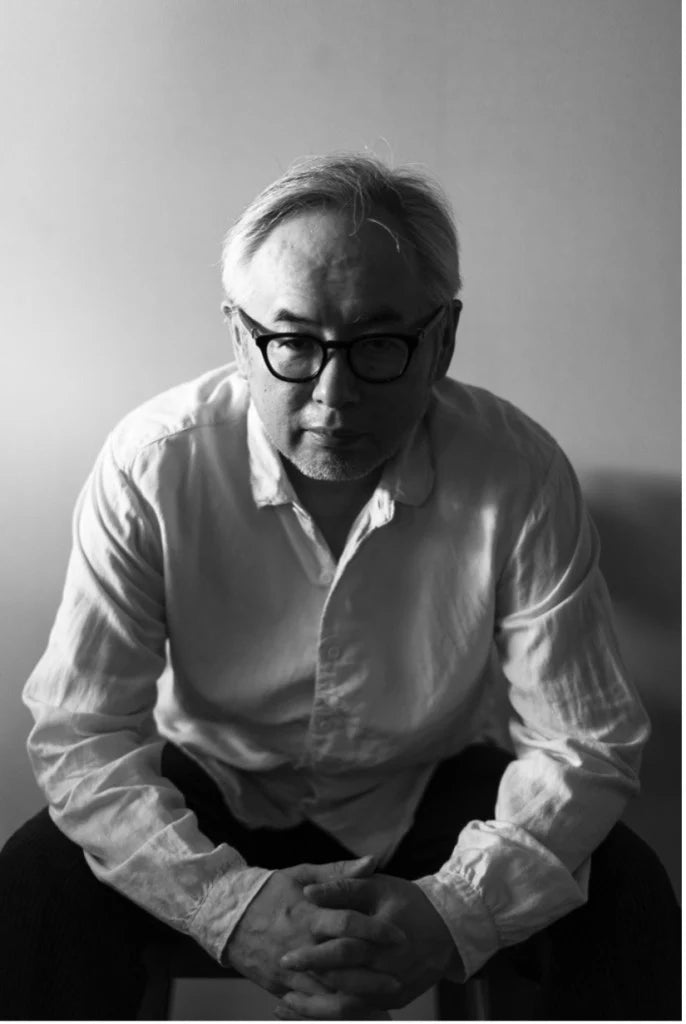
Simple, strong forms and elegant patterns with gold. These series were created under the supervision of Mr. Moritaka, Yukio’s younger brother, who is an industrial designer.
In creating this series, he selected what he thought were the best from the wide variety of techniques and patterns that Kinzan Kiln has produced in the past and took a lot of ideas from the kiln staff in terms of design. The arabesque pattern “Shiromori” used for this sake cup is actually one of the traditional techniques of Kutani ware, and each pattern was created from the voices of the staff who wanted to make it.
That is how the Shugu series of neat and clean products in a very limited number of colors was created. When creating the product, Yukio, the fourth generation, said that he wanted to create a product that was fun to look at and fun to use on a daily basis. And they made exactly what he said he wanted.
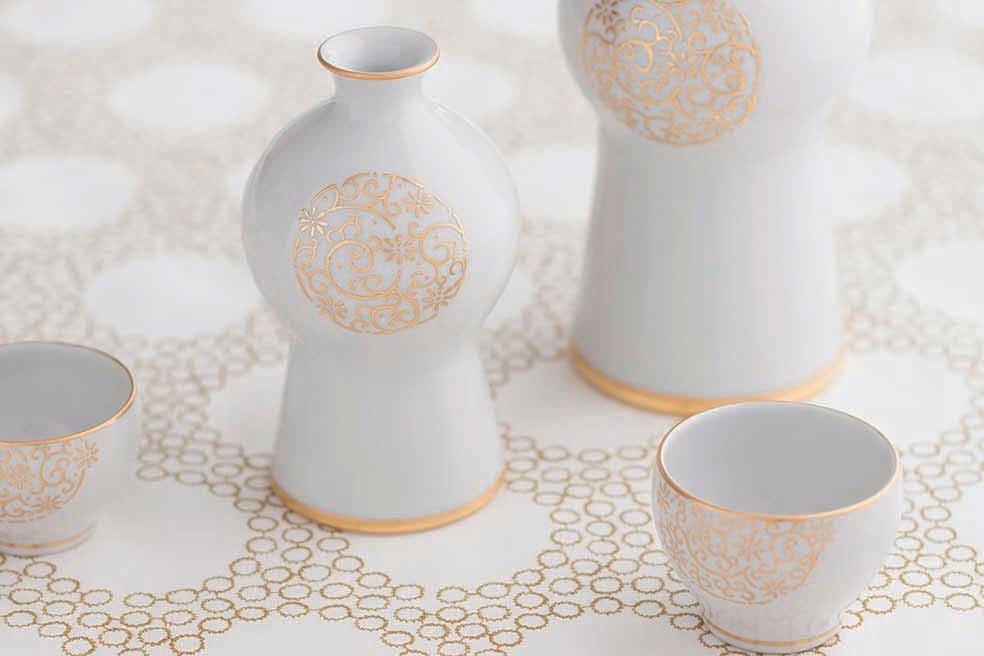
Tradition continues to be developed and refined
It is easy to buy cheap, mass-produced products, but how many people continue to use them with passion and attachment? Tradition and innovation are handed down from generation to generation, and I believe that the more we continue to use something that is filled with the passion of its creator, the more attractive it becomes. And we can feel the joy of using such things for a long time itself. The artisans of Kinzan Kiln are constantly trying to innovate their techniques, styles, and production processes.
Filters


